Artist reference – Nicholas Nixon and Lewis Blitz
Where – I will take photographs in town.
When – During a clear day.
What – I will take close ups of buildings and windows.
Equipment – Camera
Artist reference – Nicholas Nixon and Lewis Blitz
Where – I will take photographs in town.
When – During a clear day.
What – I will take close ups of buildings and windows.
Equipment – Camera
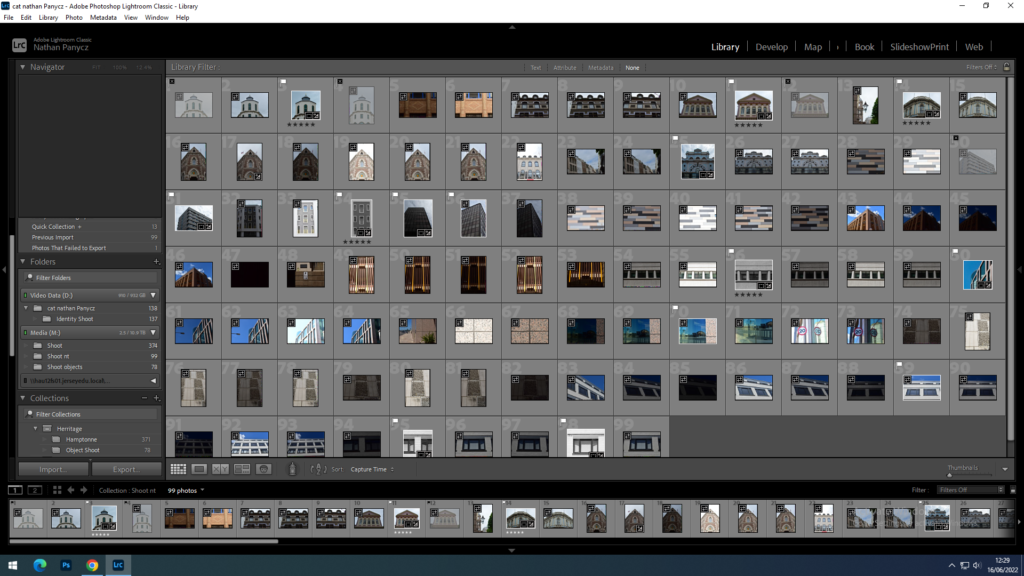
Those photographs were taken at two seperate shoots, in St Helier. I experimented with different angles and ideas.

Those are the photographs I thought came out the best after considering sharpness and exposure.

The first three photographs and the ones with 4 stars are my experimentation. Number 4 and 7 are the ones I chose as most appropriate for this project taking in count my reference artists.
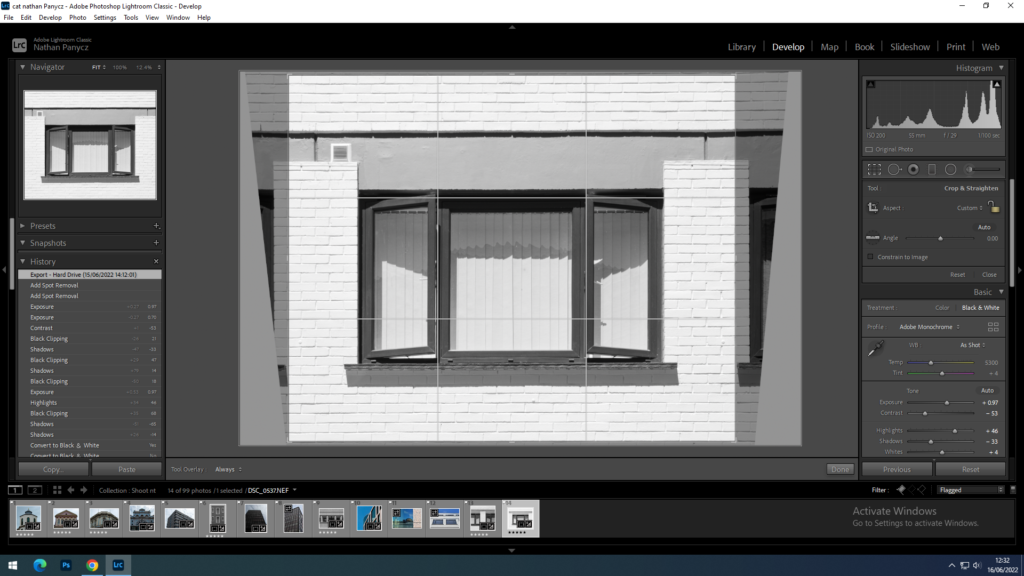
Considering there is no squares in my shot I decided to crop the picture into a square format to give it a similar sense of stability as the square window frame in Blitz’s Claremont, 1973. I used the transform tool to achieve symmetry and bring the window more to the eye level like in Blitz photograph.
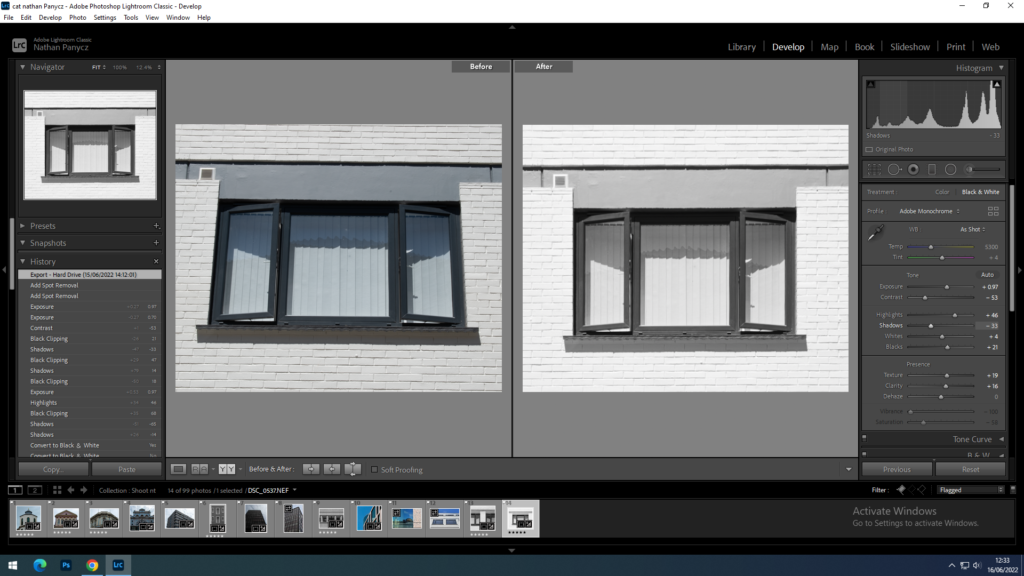
I chose the black and white format because simplicity usually carries the strongest messages. I shoot this outside during a sunny weather at around 11 am, with the sun above me slightly to the right which created nice symmetric shadows below the window cell. I had the ISO set to 100 as it was a very bright and sunny day and the camera was pointing up. In addition the white wall reflected all the light back at the camera. I wanted to get as much detail in as possible so chose a small aperture of f/26 for a higher depth of field (so that the top wouldn’t be blurry as compare to the bottom). To compensate the exposure for the small aperture I set the shutter speed at around 1/60 which is still a value at which I could shoot handheld with no blur. I used the auto development option to get the process started, I then increased the exposure to match the style of Blitz photograph. I turned decreased the contrast, increased the whites and highlights, as well as reduced the saturation to narrow down the tonal range. Since the contrast was low, the detail and texture was limited so I decided to turn up the clarity and texture as the reference photograph, although not very refined in the reflection, does have prominent textures outside of it.
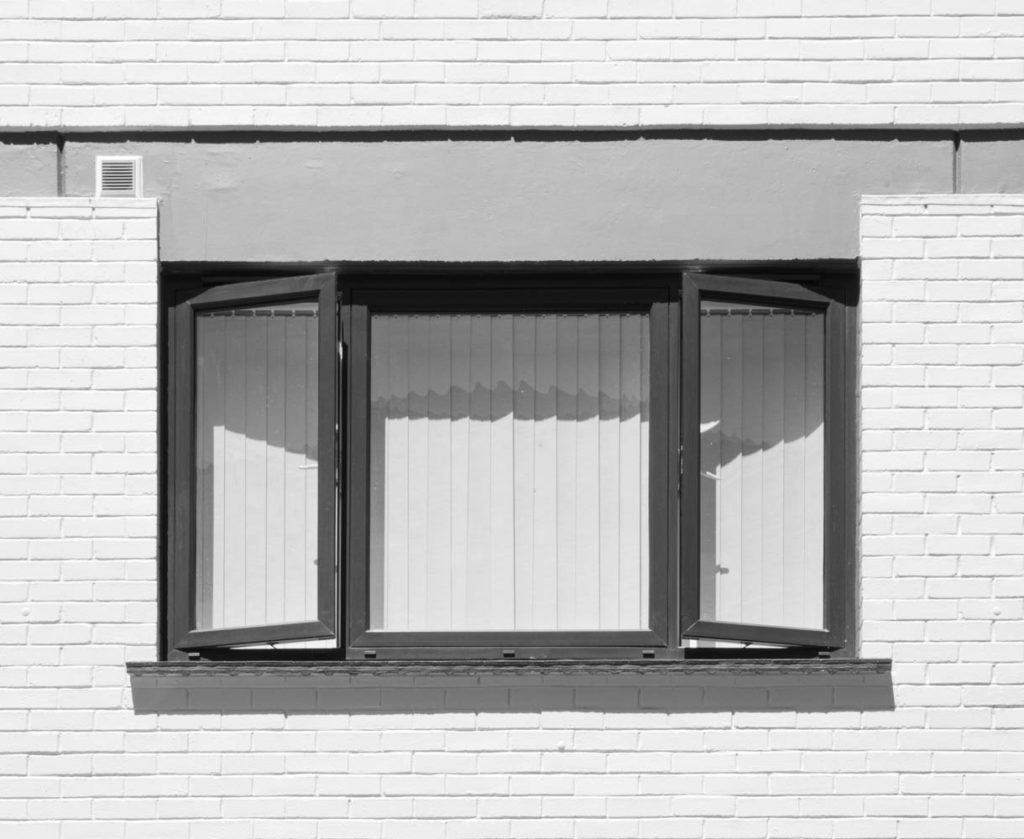
In this photograph I tried to convey the way humans are able to find a sense of peace and stability in this hectic and crowded world. Even in Jersey where housing is limited and problematic, we are still inclined to call it home.
In comparison to the Lewis Blitz’s Claremont, 1973, this photograph is much more complex due the near absence of negative space; loads of shapes including the rectangular window frames and textures such as the bricks in the wall. The gray wall above the window makes for a great line as the viewer is drawn to it because of the polarity it poses against the positive space; It offers a safe space for the eyes to rest. It leads the eye to the focal point eventually as it dips downwards. As a result of the antithesis between the tones, the window frame also makes for a great line leading the eye around the main subject. While the horizontal lines create a sense of stability and stagnation, the vertical lines convey growth and determination. Metaphorically, this represents the conflict between environmentalism and The New Topographics movement. The open window creates diagonal lines which induce tension within the photograph, this engages the viewer as they try to resolve it. In addition convergring, diagonal lines add depth to the photograph. Unlike the Lewis Blitz photograph, this one is also rich in shadows which bring out dimensions, this is due to the angle at which the photograph was taken. Blitz also gives us insight into someone’s personal life as well as a reflection of the outside world. In my photograph no reflection is present and the curtains block the scene behind the window creating a sence of uncertainty.
Overall I think I did a good job with creating a sense of space through lines and shadows. The symmetry also makes the picture look tidy and balanced although the air vent on the upper left side causes a bit of a disruption. Using the monochrome format took away any distractions caused by colour allowing the message to be conveyed lightly but firmly.
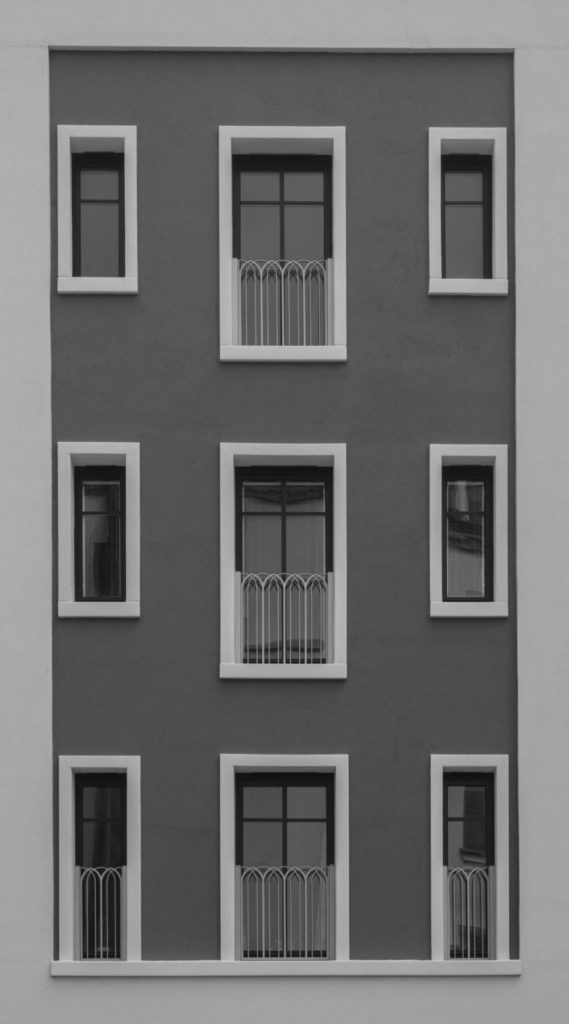
This photograph was inspired by both Lewis Blitz and Nicolas Nixon.


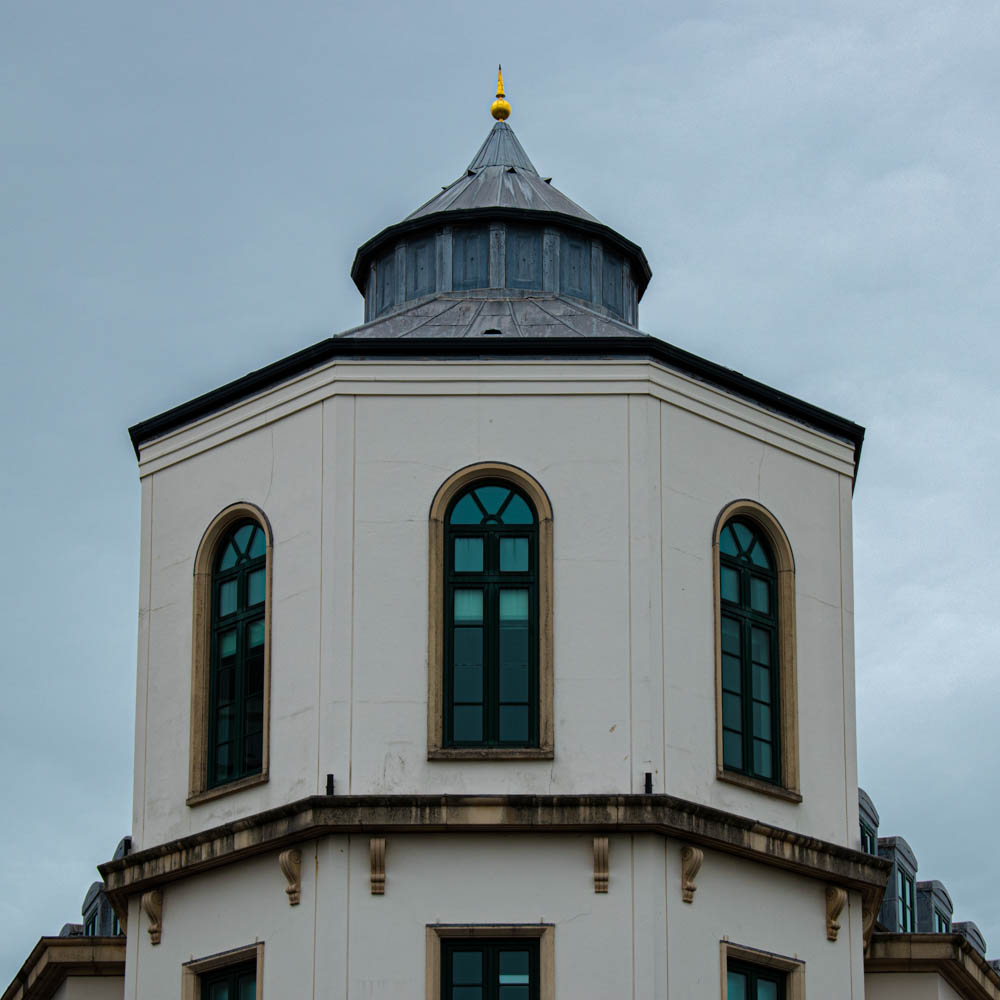


Emily Allchurch, born 1974 in Jersey, Channel Islands, lives and works in Hastings, East Sussex. She trained as a sculptor, receiving a First Class (Hons.) degree in Fine Art from the Kent Institute of Art & Design – Canterbury in 1996, and an MA from the Royal College of Art in 1999, where she began working with photography as a material. Since then, she has exhibited regularly in solo and group shows in the UK and internationally.
Allchurch uses photography and digital collage to reconstruct Old Master paintings and prints to create contemporary narratives. Her starting point is an intensive encounter with a city or place, to absorb an impression and gather a huge image library. From this resource, hundreds of photographs are selected and meticulously spliced together to create a seamless new ‘fictional’ space. Each artwork re-presents this journey, compressed into a single scene. The resulting photographic collages have a resonance with place, history and culture, and deal with the passage of time and the changes to a landscape, fusing contemporary life with a sense of history.
Closer to home:


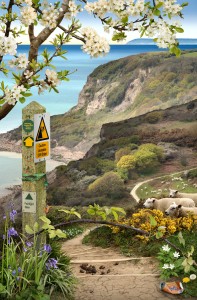
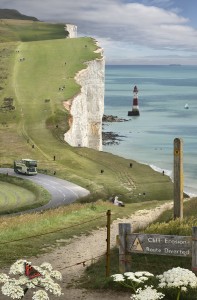
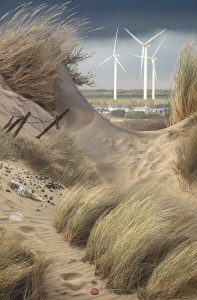
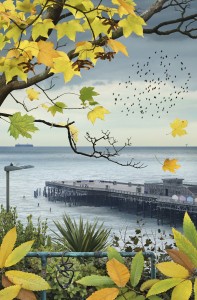
Throughout 2020 and 2021, whilst largely confined to her home county of East Sussex due to the Coronavirus pandemic, Emily Allchurch took photographs on her daily walks in the local countryside through the changing seasons. This has inspired a new collection of landscapes, ‘Closer to Home’, not only in celebration of the natural world, but also as a reminder of its precarious fragility.
The works explore themes of landscape management and control, the threat from development, coastal erosion, invasive plant species and detritus, and how we interact with the landscape through tourism and recreation.
Closer to Home presentation: https://www.emilyallchurch.com/wp-content/uploads/2022/04/Emily-Allchurch-Closer-to-Home-Presentation-21Mb.pdf
Tower of Babel:
The ‘Tower of Babel’ is a compelling motif with which to portray a city from a contemporary perspective and is a recurring theme in Allchurch’s work. The construction allows for multiple viewpoints and layers of history to be represented within a single structure.
As with all her works, Babel Britain is peppered with topical markers spotted in the environment: signage, graffiti, property developers’ advertising hyperbole, street art, and protest banners – all of which help to reinforce a message of political and economic uncertainty, as well as growing inequality of wealth.

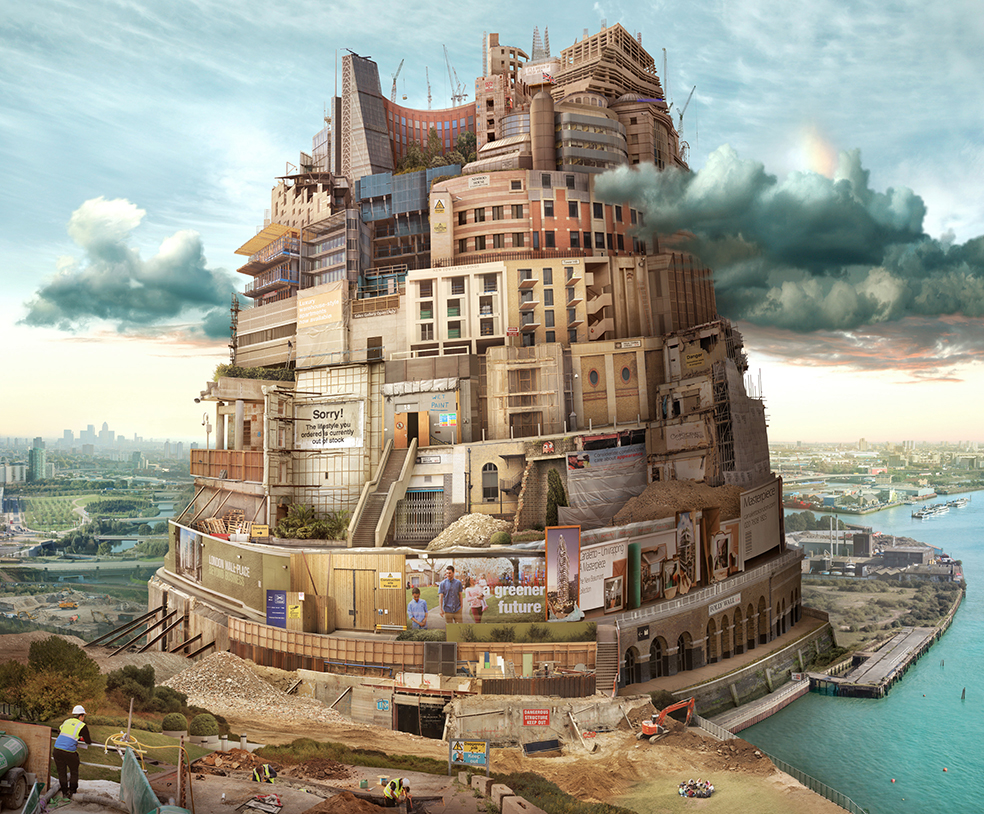
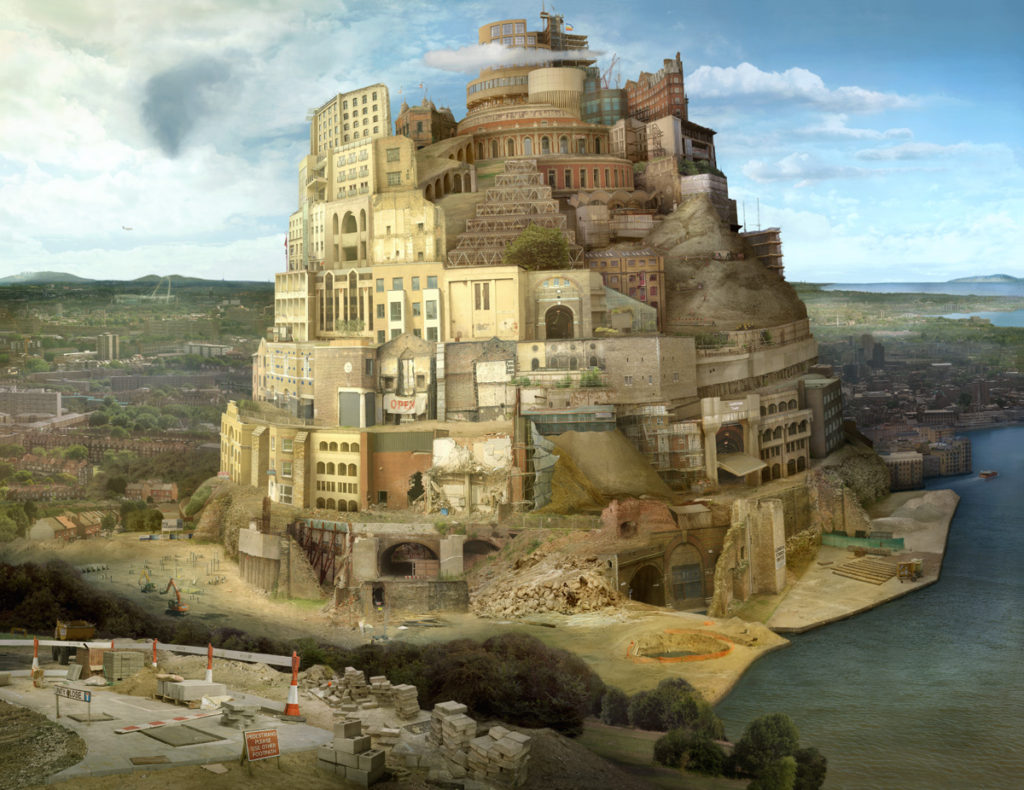
Image analysis:

In this image, you can see multiple buildings positioned into one big complex. All the buildings seem to be from different locations because of the different features and colours. The use of having stormy clouds create a great effect on the image by making the image seem medieval and dark. These images could be made to try and present the future of Britain having buildings positioned together due to lack of housing. The image has a lot of small details throughout such as structures in the background, graffiti, protest banners, advertisements and street art. I really like the way how such a small image is filled with lots of hidden and mysterious details everywhere you look.
David Hockney (born 9 July 1937) is an English painter, draftsman, printmaker, stage designer, and photographer. As an important contributor to the pop art movement of the 1960s, he is considered one of the most influential British artists of the 20th century. In the early 1980s, Hockney started to produce photocollages, which he called “joiners,” starting off with polaroid prints and later of 35mm, processed colour prints. Using a large number of Polaroid prints or photolab-prints of a single subject Hockney arranged a patchwork to make a composite image. One of his first photomontages was of his mother. the images are taken from different perspectives and with slightly different lighting resulting in an effect similar to Cubism.
Joiners:
David Hockney’s creation of the “joiners” occurred accidentally. He noticed in the late sixties that photographers were using cameras with wide-angle lenses to take pictures. He did not like such photographs because they always came out somewhat distorted. Working on a painting of a living room and terrace in Los Angeles, he took Polaroid shots of the living room and glued them together as a preparatory work, not intending for them to be a composition on their own. He realised this picture created a kind of story, as if the viewer was moving through the room. He began to work more and more with photography after this discovery and even stopped painting for a period of time. Hockney had always been interested in Cubism and the idea of multiple perspectives and viewpoints so this was another way for him to explore this way of looking.
Examples of David Hockneys ‘Joiners’:
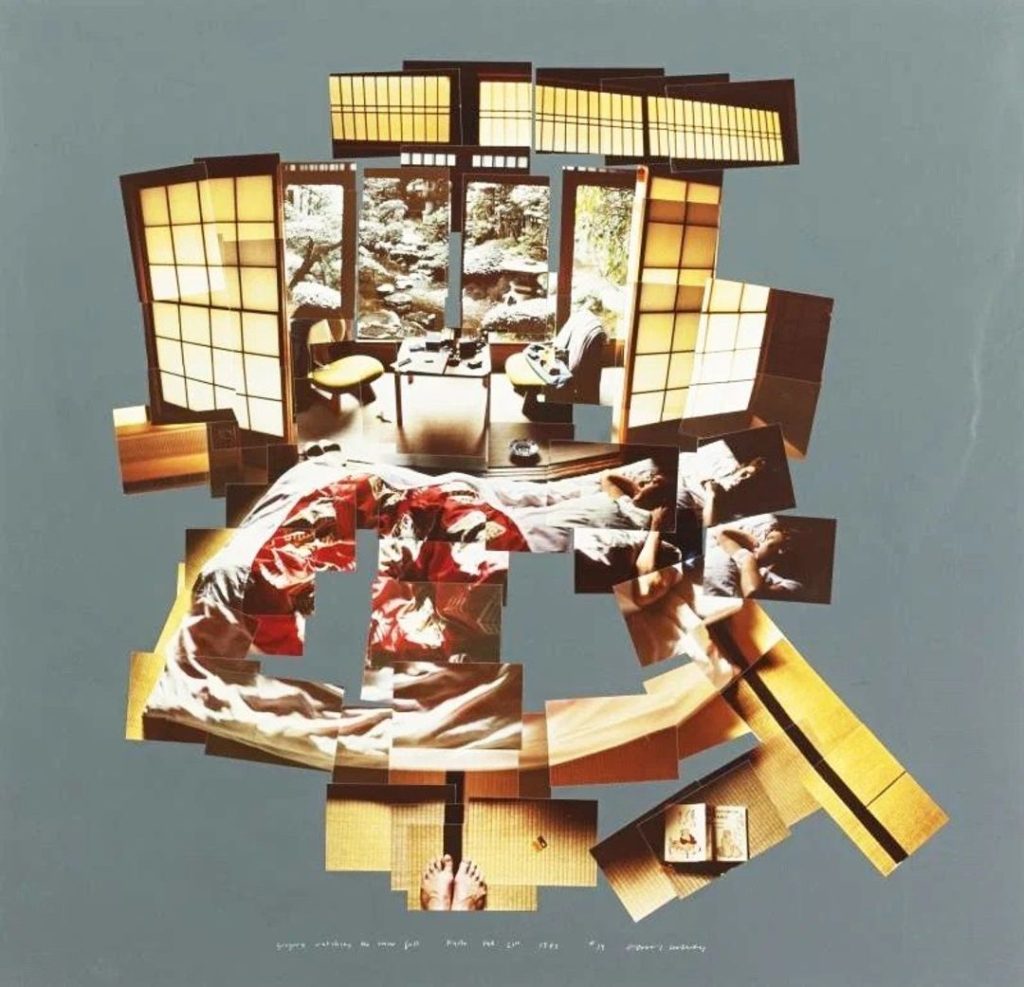




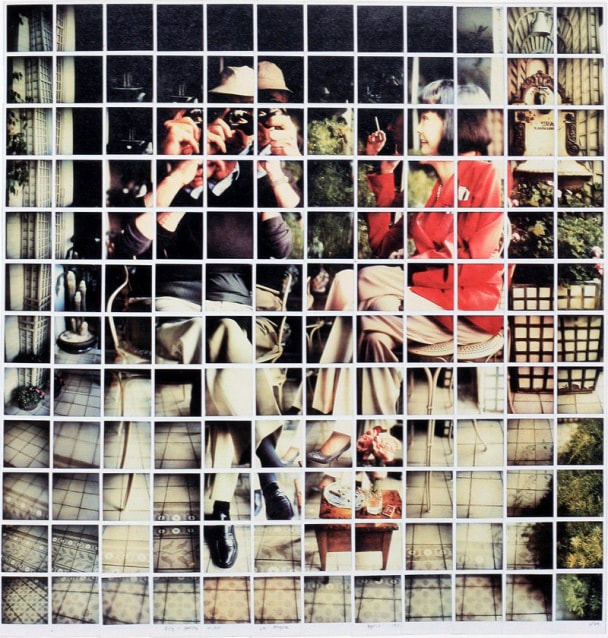
In the early 1980’s, David Hockney began creating intricate photo collages that he called “joiners”. His earlier collages consisted of grid-like compositions made up of polaroid photographs.
Hockney was very interested in how 3-dimensional space can be portrayed in a 2-dimensional image. Joiners aimed to create an image that was able to show reality how we experience it (in fragments, not as a whole), and to show the passage of time.
How he created joiners was by taking multiple and varying Polaroid shots or photolab-prints of just an individual subject. Then with these shots he would arrange them into what almost looks like a patchwork, to create on overall image. One of Hockney’s first ‘joiners’ was a photomontage of his own mother.
Image analysis:
David Hockney first created ‘Pearlblossom Highway’ first when noticed that photographs taken in the late 1960s came out a bit distorted. This lent him to the idea of creating “joiners” i.e photographic collages. Hockney created Pearblossom Highway over several days while in California. He took many photographs of a view on the notorious route 138, Antelope Valley.

In this photo you can clearly see the image is made up of over 100 different 2-dimensional quadrilaterals positioned in different angles and variations which all make up an image of Pearlblossom Highway created in 1986. The image displays a deserted road containing street signs and a few trees, with a heap of litter scattered around the beginning of the road. It shows good weather conditions that create a good effect contrasting between the blue sky and sandy roads. The images seems slightly distorted in a positive way by David creating all objects and features not appear normal.
What is a Geopark?
A geopark is a UNESCO-designated area containing one or more sites of particular geological importance, intended to conserve the geological heritage and promote public awareness of it, typically through tourism.
A UNESCO Global Geopark comprises a number of geological heritage sites of special scientific importance, rarity or beauty. These features are representative of a region’s geological history and the events and processes that formed it. It must also include important natural, historic, cultural tangible and intangible heritage sites.
Jerseys Island Geological maps:
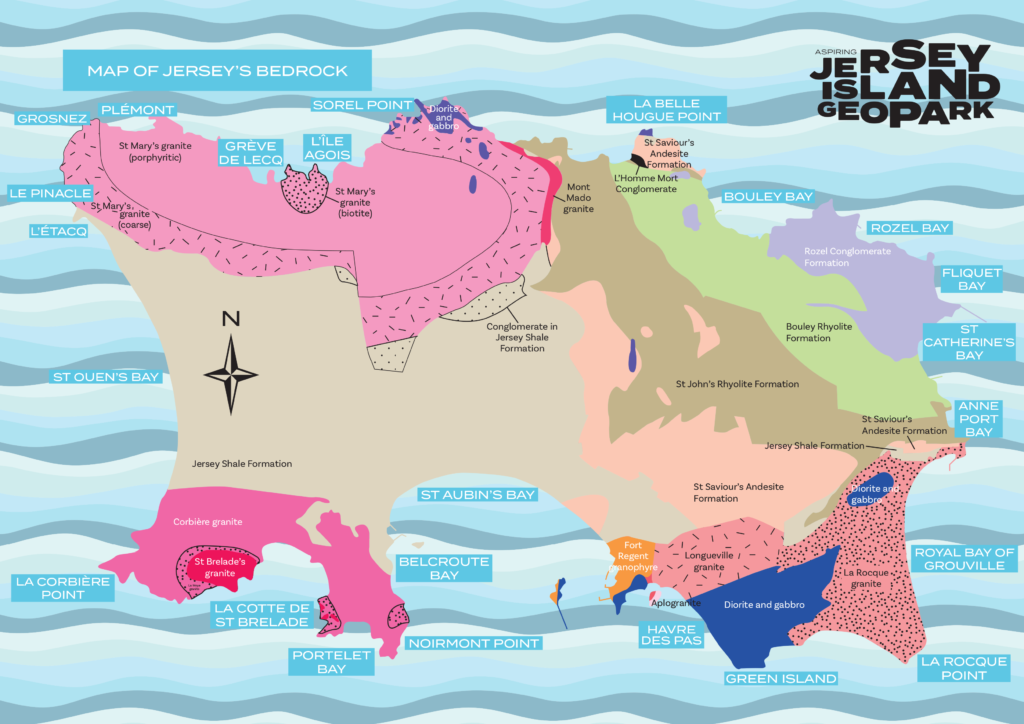

A Geopark is about more than rocks. Jersey is a strong contender for this special designation because of our Island’s exceptional geology and our important cultural heritage which forms the outstanding surroundings we enjoy every day. Whether exploring Jersey’s diverse landscapes or seascapes there is lots to discover and inspire you.
Examples of Jerseys Geopark:


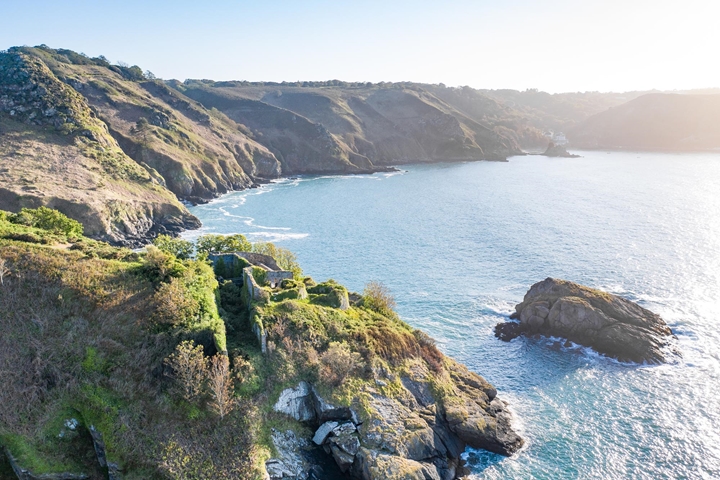



Jerseys Geological History:
The Island of Jersey has a geology that is significantly different to that of the United Kingdom and even from that of the other Channel Islands. Many of the island’s geological sites are of regional and international significance and some have attracted global attention.
Jersey consists of a striking variety of sedimentary and igneous rocks, varying from shales, greywackes and conglomerates to extrusive andesites, rhyolites and ignimbrites and several varieties of plutonic granite and diorites and gabbros.
Jersey is the sort of place that appeals to geologists. Millions of years ago it was in an area near a volcano. The lava which spewed forth formed the dark, mauve coloured rocks peculiar to Jersey. These rock formations around the coastline tell the story of how the island was formed in ancient times.
Jerseys Geological Heritage book – https://shop.societe-jersiaise.org/index.php?route=product/product&product_id=624

Jersey granites:
Granite – is a light coloured, grey to pink, coarsely crystalline, plutonic, acid igneous rock composed of quartz, alkali feldspar, generally orthoclase, and biotite and/or muscovite.
Jersey is famous for its granites, which have been favoured as a building material for thousands of years. These major intrusive or ‘plutonic’ rocks were formed between 580 and 480 million years ago by molten rock cooling and solidifying between the Earth’s surface.
Three fascinating granite masses occur in Jersey and form the north west (NW), south west (SW) and south east (SE) corners of the island; they are well exposed and easily accessible, with interesting relationships to adjacent rocks and all within 15km of each other.
They are fascinating because two of them, the SW and the NW ones, consist of three and four different granites respectively, but of different ages, while the SE one consists of four different granites which have yet to produce reliable dates.
In addition, the NW and granite masses include gabbros and diorites, with structures and textures that make their relationships to each other even more interesting study material.




The summer project will be an introduction to our new Yr 13 photography programme based around the theme of ‘islandness’ that follows on from your Yr 12 heritage studies.
PHOTOGRAPHY & SCULPTURE
Produce two creative outcomes based around a representation of Jersey rock from Geological Sites of Special Interest (SSI) and Jersey Island Geopark.
Digital photo-collage
3D photo-sculpture

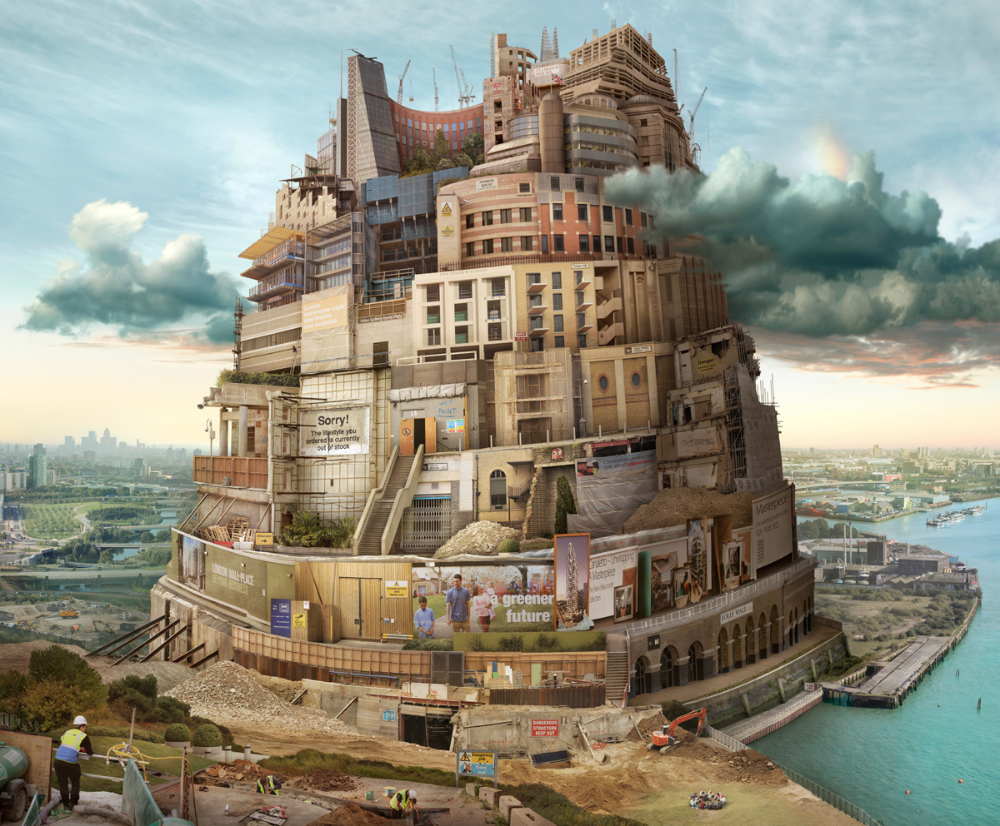


PLANNER: 4 week project
WK 1: 20 – 26 June
EXPLORING > research & on location shoots
complete the following blogposts
ARTIST REFERENCES – PHOTO-COLLAGING
David Hockney
David Hockney (born 9 July 1937) is an English painter, draftsman, printmaker, stage designer, and photographer. As an important contributor to the pop art movement of the 1960s, he is considered one of the most influential British artists of the 20th century. In the early 1980s, Hockney started to produce photocollages, which he called “joiners,” starting off with polaroid prints and later of 35mm, processed color prints. Using a large number of Polaroid prints or photolab-prints of a single subject Hockney arranged a patchwork to make a composite image. One of his first photomontages was of his mother. the images are taken from different perspectives and with slightly different lighting resulting in an effect similar to Cubism.
‘JOINERS’
David Hockney’s creation of the “joiners” occurred accidentally. He noticed in the late sixties that photographers were using cameras with wide-angle lenses to take pictures. He did not like such photographs because they always came out somewhat distorted. Working on a painting of a living room and terrace in Los Angeles, he took Polaroid shots of the living room and glued them together as a preparatory work, not intending for them to be a composition on their own. He realised this picture created a kind of story, as if the viewer was moving through the room. He began to work more and more with photography after this discovery and even stopped painting for a period of time. Hockney had always been interested in Cubism and the idea of multiple perspectives and viewpoints so this was another way for him to explore this way of looking.







These multiple images cause you to keep adjusting your viewpoint as your eye travels from print to print. For the photographer, it means that you can build up a single image that is many times wider in angle of view than the camera lens (the viewing angle of a standard 55mm lens for a 35mm format camera is about 45 degrees.
Watch clips below where Hockney talks about photography and the concept behind his ‘joiners’, such as: TIME, SPACE & VIEWPOINTS.
There are three concepts that are important to consider in relation to Hockney’s ‘joiners’. Make sure you discuss these concepts in relation to your analysis of his photo-collages.
Emily Allchurch
Emily Allchurch, born 1974 in Jersey, Channel Islands, lives and works in Hastings, East Sussex. She trained as a sculptor, receiving a First Class (Hons.) degree in Fine Art from the Kent Institute of Art & Design – Canterbury in 1996, and an MA from the Royal College of Art in 1999, where she began working with photography as a material. Since then, she has exhibited regularly in solo and group shows in the UK and internationally.
Allchurch uses photography and digital collage to reconstruct Old Master paintings and prints to create contemporary narratives. Her starting point is an intensive encounter with a city or place, to absorb an impression and gather a huge image library. From this resource, hundreds of photographs are selected and meticulously spliced together to create a seamless new ‘fictional’ space. Each artwork re-presents this journey, compressed into a single scene. The resulting photographic collages have a resonance with place, history and culture, and deal with the passage of time and the changes to a landscape, fusing contemporary life with a sense of history.
Watch film here where Emily talks about the process of making her impressive photo-collages.
Case Study: Closer to Home





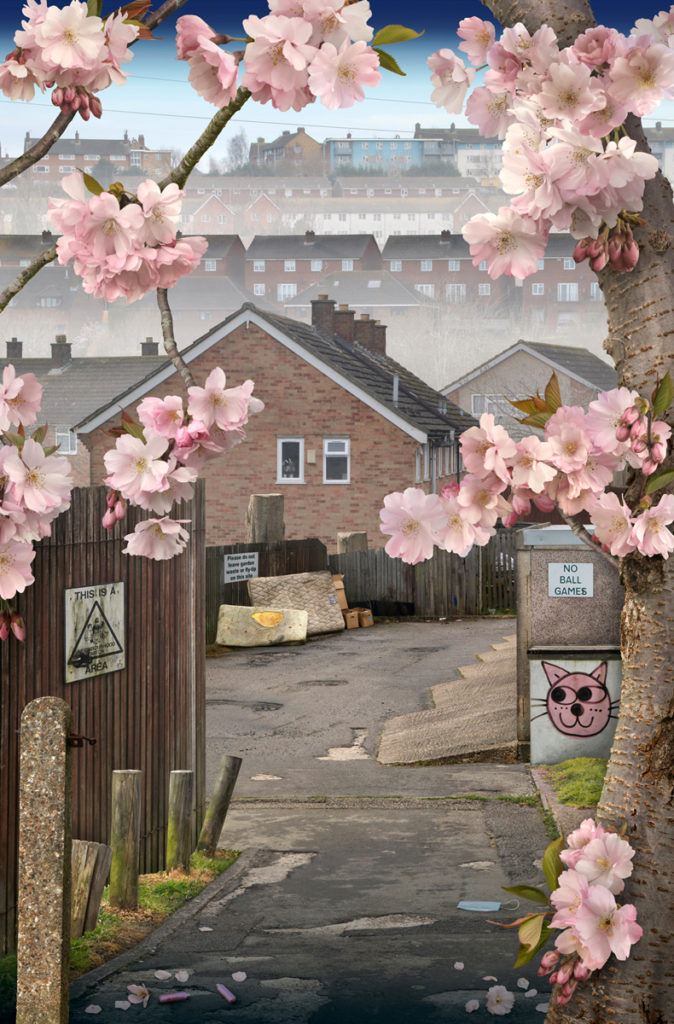

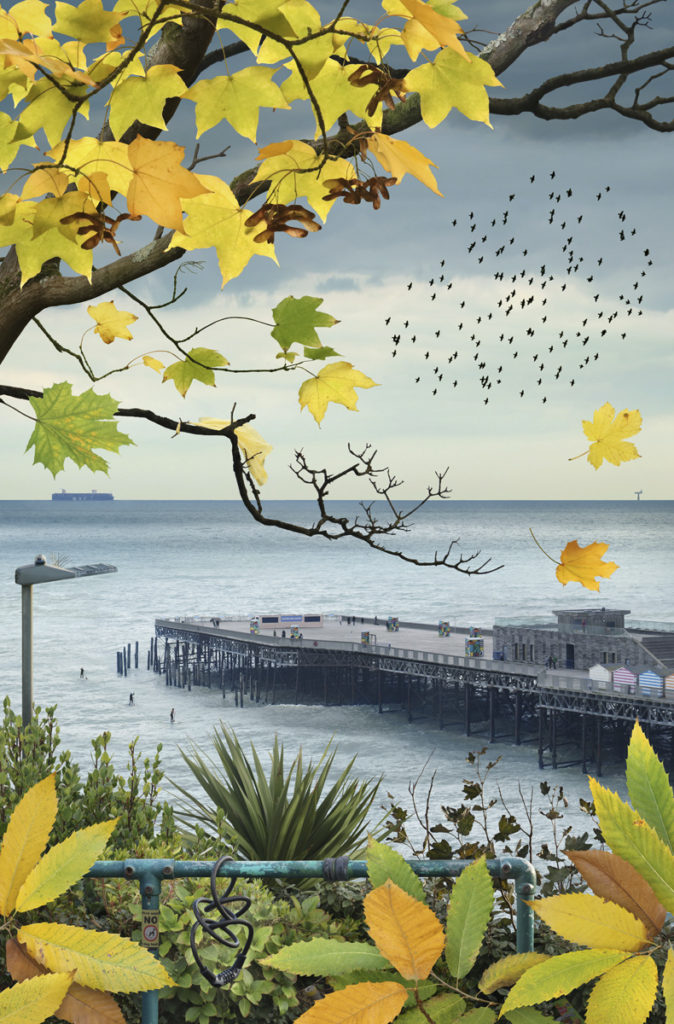

Throughout 2020 and 2021, whilst largely confined to her home county of East Sussex due to the Coronavirus pandemic, Emily Allchurch took photographs on her daily walks in the local countryside through the changing seasons. This has inspired a new collection of landscapes, ‘Closer to Home’, not only in celebration of the natural world, but also as a reminder of its precarious fragility.
The works explore themes of landscape management and control, the threat from development, coastal erosion, invasive plant species and detritus, and how we interact with the landscape through tourism and recreation.
In her trademark referencing to Old Master prints and paintings, she has adopted the ‘Oban’ portrait format and near/far composition techniques used by Utagawa Hiroshige in his series ‘One Hundred Famous Views of Edo’ (1856-58), a love letter to his home city of Tokyo. However, in a departure from recent work, the compositions are her own, with the twelve resulting images forming a portrait of the East Sussex landscape throughout a calendar year.
Whilst some scenes capture more obviously aesthetic vistas, like the South Downs, others find beauty in the everyday, such as blossom flowering on an urban estate, and the unfurling of new weeds in spring. Both the cherry blossom and Japanese knotweed in these works offer lighthearted references to their Japanese inspirational origins.
Allchurch follows in the footsteps of a rich tradition of artists drawn to the beauty of the Sussex coast. A couple of the works reference specific paintings, namely her composition for May, which captures the same view of Fairlight immortalised in William Holman Hunt’s 1852 painting ‘Our English Coasts (‘Strayed Sheep’)’ which is in the Tate Collection, and her view of Beachy Head for August, which echoes that painted by Eric Ravillious, some 80 years ago.
Case Study: Tower of Babel
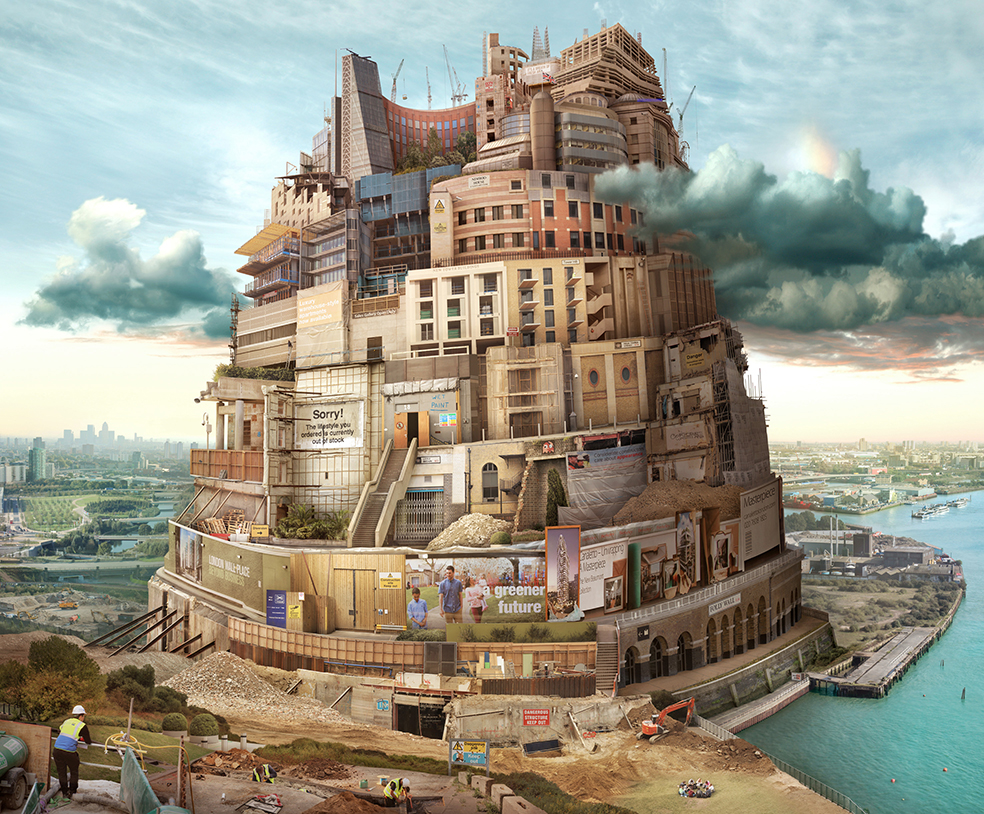
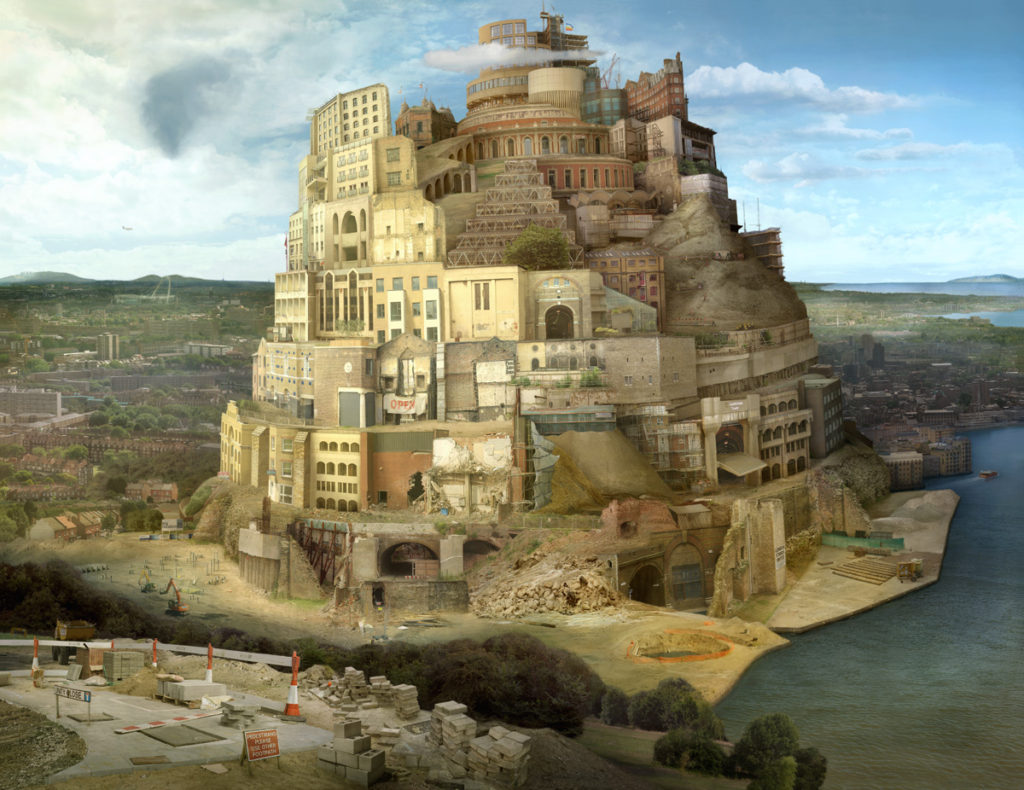


The ‘Tower of Babel’ is a compelling motif with which to portray a city from a contemporary perspective and is a recurring theme in Allchurch’s work. The construction allows for multiple viewpoints and layers of history to be represented within a single structure.
As with all her works, Babel Britain is peppered with topical markers spotted in the environment: signage, graffiti, property developers’ advertising hyperbole, street art, and protest banners – all of which help to reinforce a message of political and economic uncertainty, as well as growing inequality of wealth.
Read more here about Emily Allchurch’s Towers of Babel series
In 2017, Allchurch began an exciting new collaboration with Karin Weber Gallery in Hong Kong. With an award from the Arts Council England / British Council Artists’ International Development Fund, she visited Hong Kong for the first time to collate a vast image library of the territory. Meetings and guided tours with local artists and academics gave invaluable insight into the challenges facing Hong Kong residents: lack of space, inequality of wealth, housing shortage, and pollution.
Loosely inspired by the 1595 ‘Tower of Babel’ by Flemish painter Lucas van Valkenborch, the resulting image, Babel Hong Kong 2018, also draws strongly from Chinese painting traditions in its multiple perspectives and meandering paths which guide the viewer through an unabashedly urban cityscape leading to misty mountain ranges in the distance. Shopping malls, temples, public housing, land reclamation, construction sites and congested expressways jostle for position on the lower tiers, whilst big corporations and the well-heeled seemingly rise above the pollution, and the clouds.
FIELD STUDIES: Geological Sites of Special Interest
Thurs 23 June: Meet at Jersey Museum for 9:00 am (make your own way)
Activities:
09:00 – 10:00 Geopark – talk by Dr Ralph Nichols & Millie Butel
10:00 – 10:30: Coach to St Ouen
Group A: drop off at L’Etacq and begin slow walk towards Le Pinnacle
Group B: drop off at Battery Moltke walk to Le Pinnacle and return to make way towards L’Etacq
11:00 – 13:00 Explore SSI’s
– Le Petit Etacquerel
– Le Grand Etacqurel
– Le Pulec
– Le Pinnacle
13:00 – 13:40 lunch
13:40-14:00: Coach to Greve de Lecq
14:00-15:00: Workshop: Luddite Press (mono printing from rocks collected at SSIs? / or produce a number of cyanotype prints on-site)
15:10: Coach back to Hautlieu
Here is a selection of images made at geological sites of special interest – Le Petit Etacquerel, Le Grand Etacqurel, Le Pulec and Le Pinnacle from my Jèrriais project: Becque á Barbe.



















Becque á Barbe: Face to Face: a portrait project about Jèrriais – the island of Jersey’s native language of Norman French. Each portrait is titled with a Jèrriais word that each native speaker has chosen to represent a personal or symbolic meaning, or a specific memory linked to his or her childhood. Some portraits are darker in tonality to reflect the language hidden past at a time when English was adopted as the formal speech in Jersey and Jèrriais was suppressed publicly and forbidden to be spoken in schools.
Fri 24 June: Upload images to Lightroom
– Save raw images from camera card on M:drive in a new project folder: MY ROCK
– Import images into Lightroom
– Create a Collection Set: MY ROCK
– Create a Collection: Shoot 1 under collection set above
– Begin to select images using P (pick) and X (reject)
HOMEWORK TASK: PHOTO-ASSIGNMENT
Revisit same sites, (or other Geological SSIs) to make more images, perhaps at a different time when the light is different, or at night using a tripod for long exposure
WK 2: 27 June – 3 July
EDITING > selecting & adjusting images
complete the following blogposts
EDITING:
ARTIST REFERENCES:
Continue your case studies from last week and describe how your chosen artists references will inform the development of your work and further experimentation using a selection of your images.
WK 3 – 4: 4 – 17 July
EXPERIMENTING > working with images & material
complete the following blogposts
There are two different outcomes we would like you to produce:
DIGITAL PHOTO-COLLAGE: Construct a digital photo-collage using a wider selection of images in Photoshop
– maybe this should be analogue too..
Experimentation: ‘Joiners’
Watch this video tutorial which guides you through the process of creating a Hockney inspired Joiner using Photoshop. Now experiment with the same process to create your own Joiners using this technique.
Here is a pdf on how to use Photomerge step by step




BLOG
DESIGN PROCESS: Make sure you produce a blog post that show stages of your experimentation using screen grabs (digital photo-collage) and/or document your 3D photo-sculpture using camera/ phone. Make sure you annotate the various processes and techniques that you are using and also describe creative decisions and choices that you make.
FURTHER EXPERIMENTATION: Produce at least 5 different version of photo-collages. Make sure you save each new image/ experiment and add to your blog post with annotation.
EVALUATING: Upon completion of your final outcomes and experimentation, make sure you evaluate and reflect on your creative development. Comment on the following:
PHOTO-SCULPTURE: Print selected images and work analogue using foamboard/ mountboard cut-outs to construct a 3D photo-sculpture.
Photographic installations which are site specific and 3-dimensional is very in vogue right now. Here are a selection of artists exploring the material nature of a photographic image (print, negative etc) and the idea that photographs can be sculptural.
Darren Harvey Regan
Entwining image and object, the work of Darren Harvey-Regan (b. 1974 Exeter) often sees a hybridisation of the conventions of photography and sculpture. As quietly humorous as they are frustrating his works challenge the viewer to distinguish where representation ends and the object begins. “The presentation of photographs in interaction with objects serves to highlight the inherent tensions within representation; between the photograph as an object and the image of the world it contains. In this way, I consider the photograph as being something not only to think about, but to think with.”
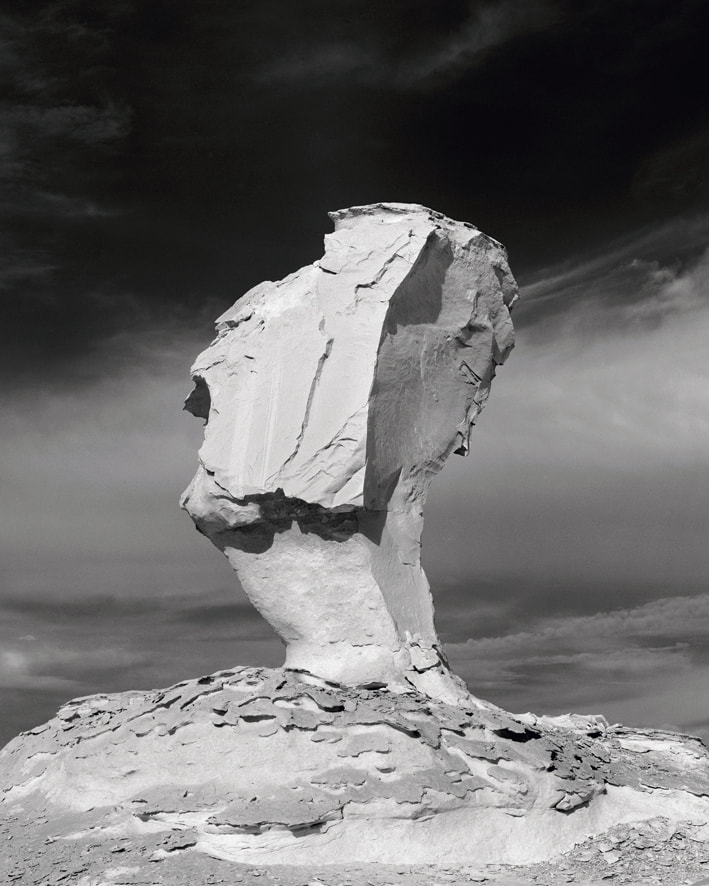
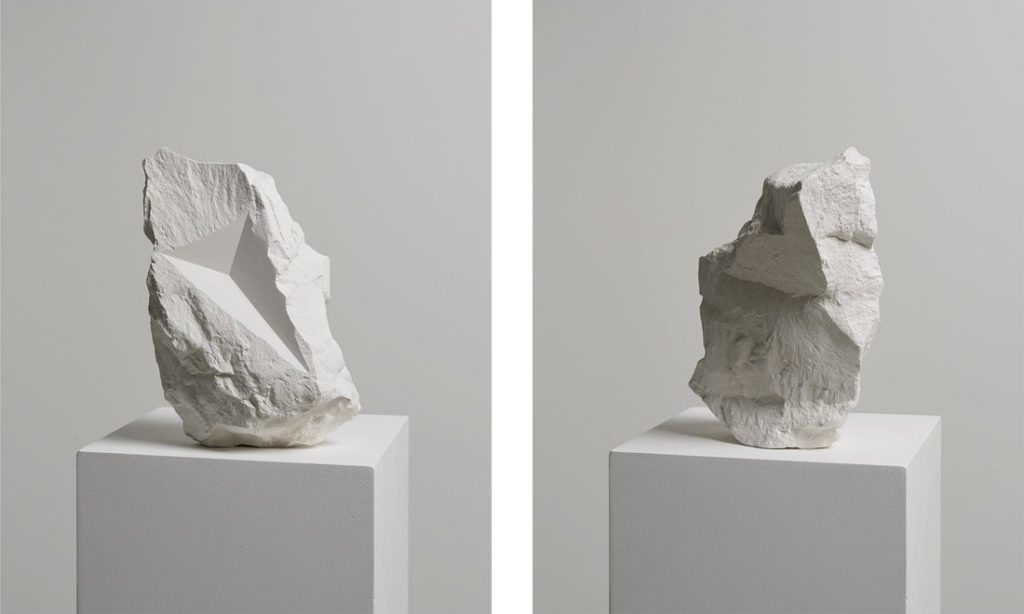
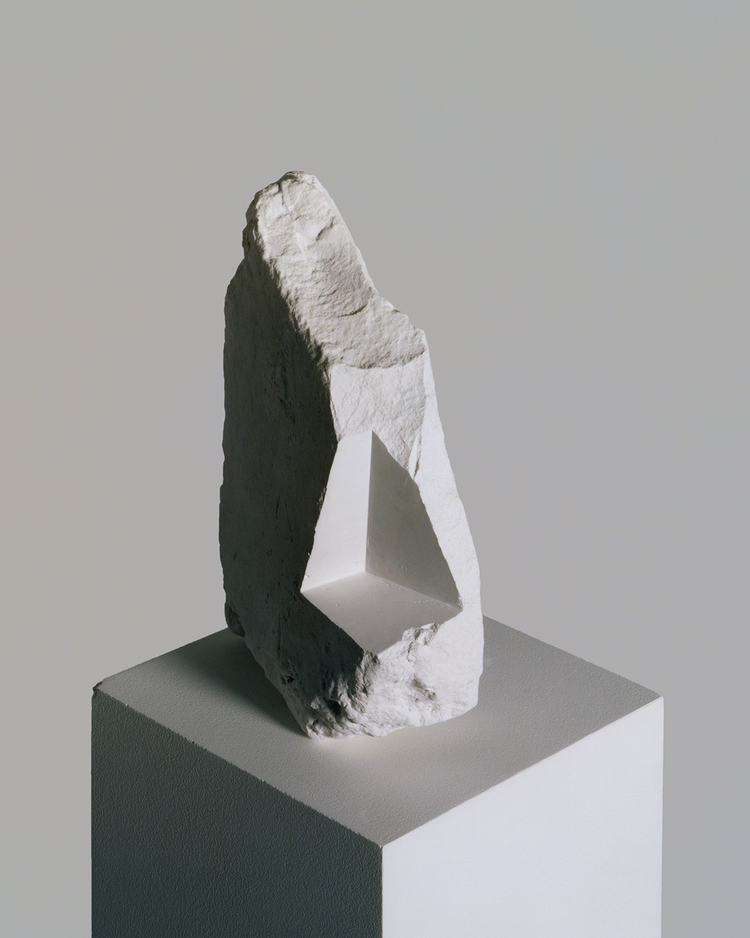

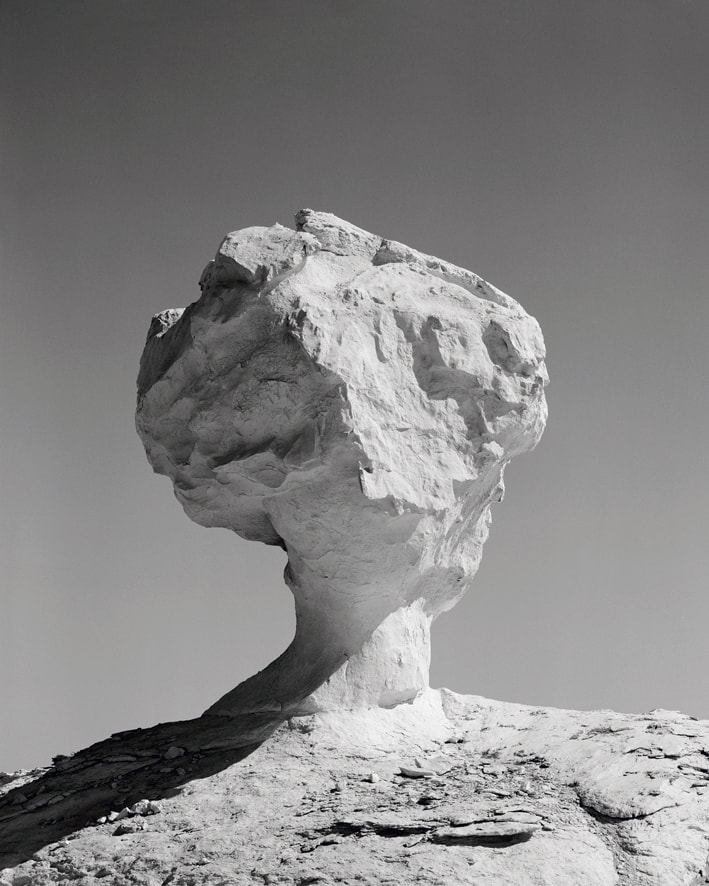
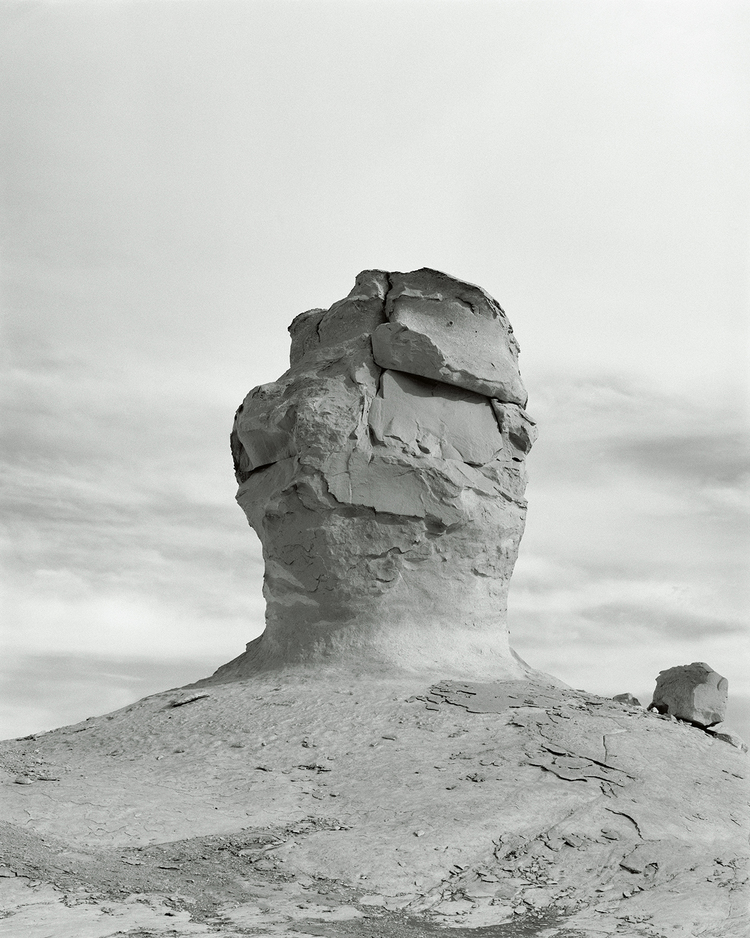
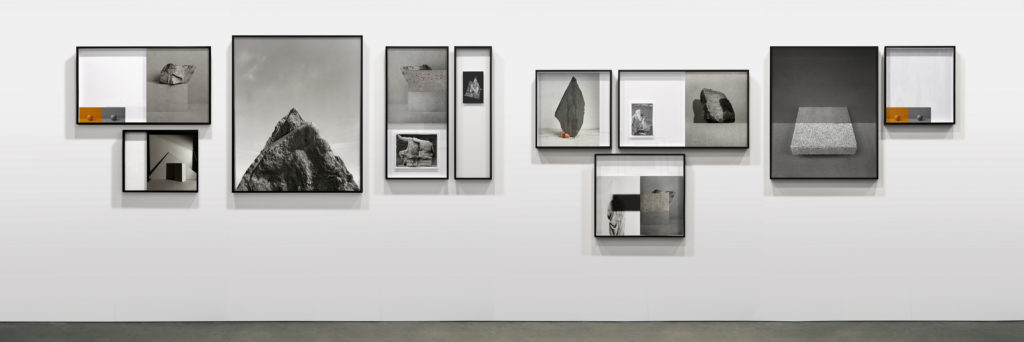
“As a medium reliant on how the natural world appears to it, can a photograph ever be truly abstract? Yet what process is more abstract than collapsing mass, depth and time into a single surface?” – Harvey-Regan
In geology an ‘erratic’ refers to a rock that differs from its native environment, having been carried and deposited there by a long-vanished glacier. Similarly Darren Harvey-Regan in his latest series executes both the photographic and physical act of lifting something out of its context, playing on overlapping appearances and processes.
The Erratics (Exposures) presents images of natural chalk rock formations eroded by wind and sand. Using an old large format field camera, Harvey-Regan sought out the monolithic chalk forms of Egypt’s Western Desert, a vast natural parallel to the singular studio-bound objects that frequently recur in his practice.
Both The Erratics (wrest) and (chalk fall in white) use sculptural compositions made by the artist from chalk collected from the rock falls along England’s South Coast. By carving smooth planes and shapes into rough rocks, Harvey-Regan works with and against perception of its natural forms. In the photographic works – (wrest) – the chalk is shaped towards the two-dimensional image surface of the print, while in the installation (chalk fall in white), the perception of a flattened image surface is created within the three-dimensional forms themselves.
Harvey-Regan uses art historian Wilhelm Worringer’s essay Abstraction and Empathy as both a background for the work and as a means to consider the nature of the photographic medium. For Worringer, ‘empathy’ describes our need to connect to the visible world, identifying with it and representing it. Conversely, ‘abstraction’ is proposed as a means of coping with the overwhelming phenomena of the world by extracting things from their place in space and time whilst distilling them to purified line, form and colour.
Both abstraction and empathy are captured in these works and their photographic process. The forms exposed in their natural surroundings in Erratics (Exposures) remain curiously abstract while tending more towards empathy, while forcefully sculpted objects in Erratics (Wrest) are balanced on the edge of the organic and abstract.

Photobook: The Erratics
Felicity Hammond
Felicity Hammond is an emerging artist who works across photography and installation. Fascinated by political contradictions within the urban landscape her work explores construction sites and obsolete built environments.



In specific works Hammond photographs digitally manipulated images from property developers’ billboards and brochures and prints them directly onto acrylic sheets which are then manipulated into unique sculptural objects. Here a few selected works you can use as case studies
Case Study: World Capital (2019)
Ink jet prints on vinyl and dibond, wood, rubber, water, concrete, steel, acrylic




Conversations about the homogenisation of the built environment have taken many forms. From Walter Benjamin’s writings about the effect of capitalism on nineteenth century Paris, to Ian Nairn’s scathing review of the growing ubiquity of town planning, the crisis surrounding urban identity has been and will continue to be widely contested.
In World Capital the conversation turns towards the way that digital technologies have influenced the global image of the city. Offering a commentary on the role that the computer generated architectural proposition plays in the increasing uniformity of the urban realm, the work outlines the ways in which the proliferation of the virtual world has contributed to urban indifference.
Combining images used to market contemporary housing alongside relics of the industrial past, the work collides local history with the global image that supersedes it. Re-imagining the Great Thames flood of 1928 which destroyed much of the site of the exhibition (now known as London City Island) World Capital recalls the area’s industrial and troublesome past, propelling its history into the near future.
Case Study: Remains in Development (2020)
Various materials
In her work, British artist Felicity Hammond confronts the social, political, and economic contradictions of the postmodern city, whose buildings and façades shape our collective identity and open up a future by obliterating the past. Hammond’s large- scale collages combine found images from glossy real estate brochures with her own photographs. They are reminiscent of apocalyptic historic images, but they never reveal the locations of the places they show or how they relate. Instead, the collages reflect the increasing homogenization of big cities, resulting from a process of urban development steered by power struggles between international real estate companies, profit-driven investors, and gentrification critics.

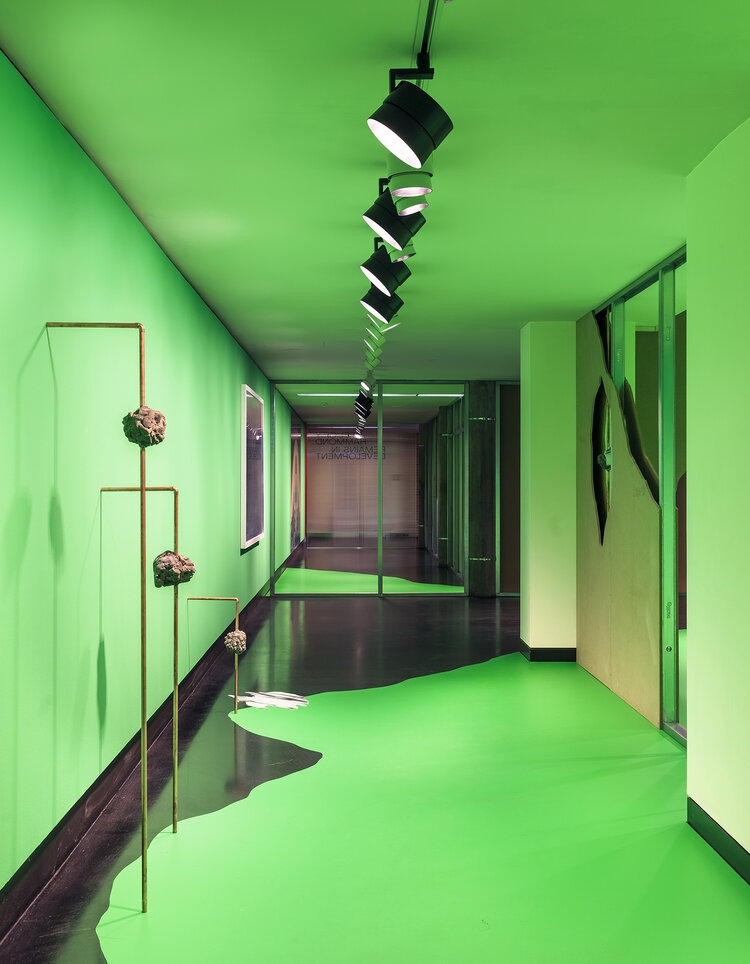



Lorenzo Venturi: Dalston Anatomy
Lorenzo Vitturi’s vibrant still lifes capture the threatened spirit of Dalston’s Ridley Road Market. Vitturi – who lives locally – feels compelled to capture its distinctive nature before it is gentrified beyond recognition. Vitturi arranges found objects and photographs them against backdrops of discarded market materials, in dynamic compositions. These are combined with street scenes and portraits of local characters to create a unique portrait of a soon to be extinct way of life.
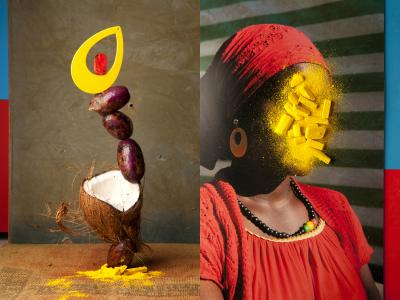

His installation at the Gallery draws on the temporary structures of the market using raw materials, sculptural forms and photographs to explore ideas about creation, consumption and preservation.
James Casebere: pioneering work has established him at the forefront of artists working with constructed photography. For the last thirty years, Casebere has devised increasingly complex models that are subsequently photographed in his studio. Based on architectural, art historical and cinematic sources, his table-sized constructions are made of simple materials, pared down to essential forms. Casebere’s abandoned spaces are hauntingly evocative and oftentimes suggestive of prior events, encouraging the viewer to reconstitute a narrative or symbolic reading of his work.

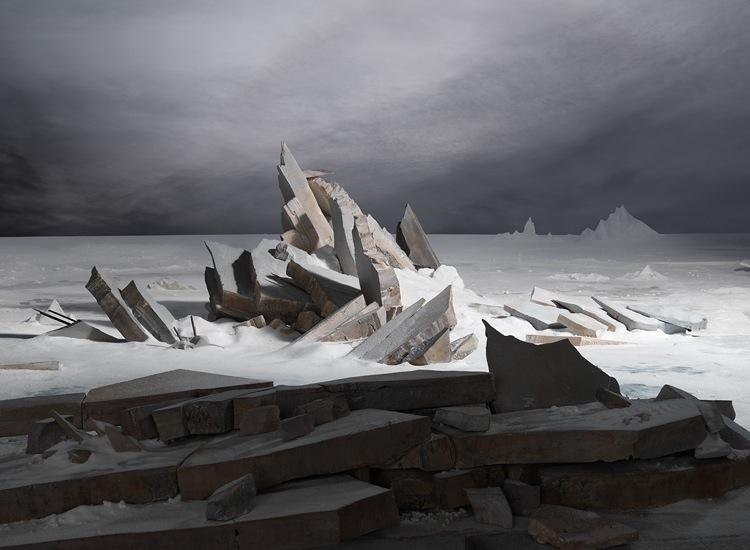
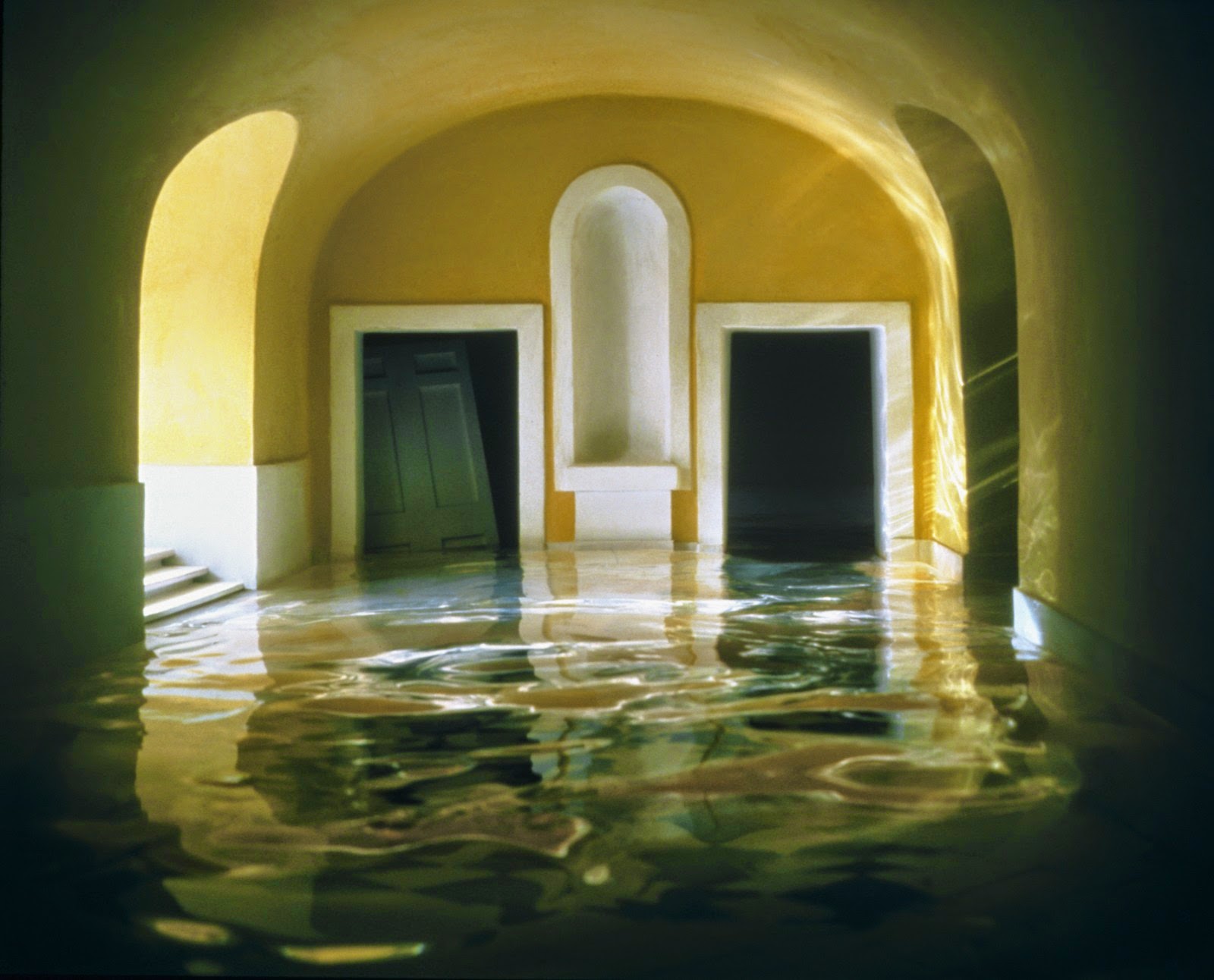

While earlier bodies of work focused on American mythologies such as the genre of the western and suburban home, in the early 1990s, Casebere turned his attention to institutional buildings. In more recent years, his subject matter focused on various institutional spaces and the relationship between social control, social structure and the mythologies that surround particular institutions, as well as the broader implications of dominant systems such as commerce, labor, religion and law.
Thomas Demand studied with the sculptor Fritz Schwegler, who encouraged him to explore the expressive possibilities of architectural models at the Kunstakademie Düsseldorf, where Bernd and Hilla Becher had recently taught photographers such as Andreas Gursky, Thomas Struth, and Candida Höfer. Like those artists, Demand makes mural-scale photographs, but instead of finding his subject matter in landscapes, buildings, and crowds, he uses paper and cardboard to reconstruct scenes he finds in images taken from various media sources. Once he has photographed his re-created environments—always devoid of figures but often displaying evidence of recent human activity—Demand destroys his models, further complicating the relationship between reproduction and original that his photography investigates.
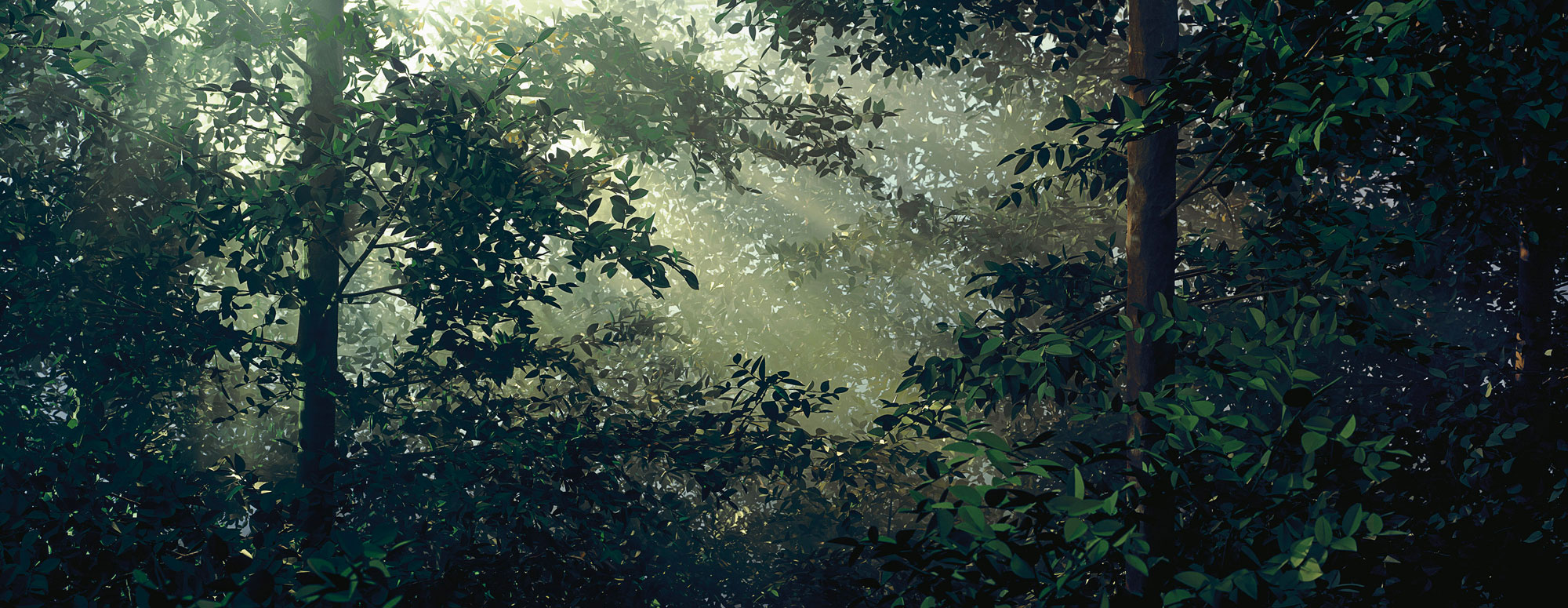
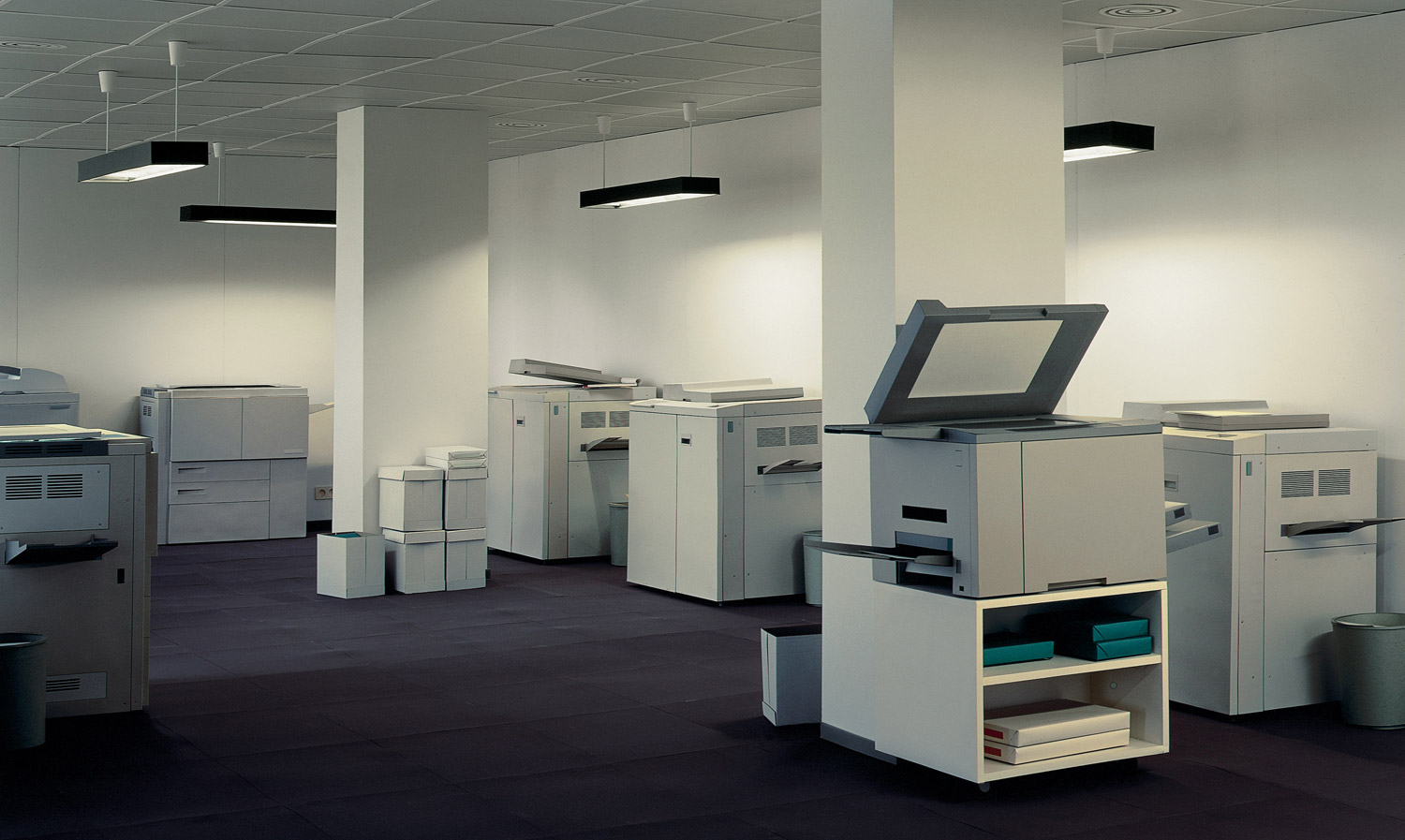
Other ideas for constructing a photographic sculpture

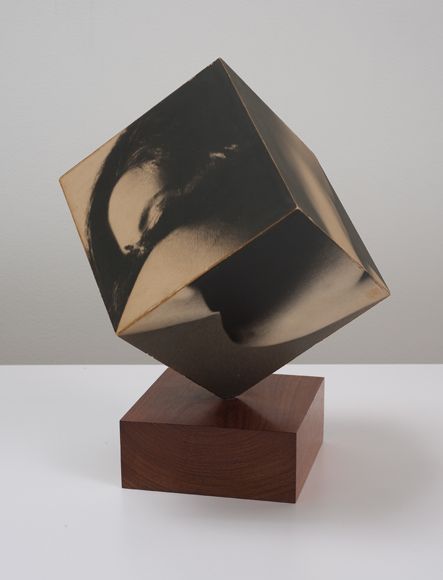




EXHIBITION: Create a miniature installation on the white table in the classroom with your various photo-collages and photo-sculptures and re-photograph it in-situ producing new set of images that play on a sense of scale & shapes, form & texture and reality & fantasy.
WK 3 – 4: 4 – 17 July
EXPERIMENTING > working with images & material
complete the following blogposts
WK 5: 18 – 19 July
EVALUATING > presenting outcomes & reflecting
– complete both digital and analogue photocollage
– present 3D relief and write an evaluation
– group exhibition in the streets: MY ROCK
3. PLANNING & RECORDING. Plan your first photographic shoots/ video recording in response to your research, concept and project. Your recording must be completed by Tue 29 Sept as we return to school after the Corn Riots bank holiday.
What is a Geopark
Every Geopark is unique. There are 169 UNESCO Global Geoparks in 44 countries around the world. United Nations Educational, Scientific and Cultural Organization (UNESCO) seeks to build peace through international cooperation in Education, the Sciences and Culture.
“UNESCO Global Geoparks are single, unified geographical areas where sites and landscapes of international geological significance are managed with a holistic concept of protection, education and sustainable development.
A UNESCO Global Geopark comprises a number of geological heritage sites of special scientific importance, rarity or beauty. These features are representative of a region’s geological history and the events and processes that formed it. It must also include important natural, historic, cultural tangible and intangible heritage sites.
The UNESCO Global Geoparks celebrate the links between people and the Earth. Jersey hopes to be recognised as a unique place by being awarded Geopark status.
Visit the UNESCO Global Geoparks website.

A Geopark is about more than rocks. Jersey is a strong contender for this special designation because of our Island’s exceptional geology and our important cultural heritage which forms the outstanding surroundings we enjoy every day. Whether exploring Jersey’s diverse landscapes or seascapes there is lots to discover and inspire you.




Link to Jersey Geology Trail

The Island of Jersey has a geology that is significantly different to that of the United Kingdom and even from that of the other Channel Islands. Many of the island’s geological sites are of regional and international significance and some have attracted global attention.
In recognition of this, the States of Jersey has designated 22 of the island’s most important outcrops as Sites of Special Interest (SSIs) so that they may be protected from development and preserved for future public enjoyment and research purposes. The booklet below offers an introduction to all of Jersey’s geological SSIs with the aim of promoting knowledge of their existence to residents and tourists and highlighting their importance to amateur and professional scientists.
All the Island’s geological SSIs are covered here along with information about their location plus basic descriptions and photographs which highlight each site’s significance and its salient features.

Written by Dr Ralph Nichols and Samantha Blampied




Read the Aspiring Jersey Island Geopark prospectus.

The Aspiring Jersey Island Geopark Visitor Centre introduces the story of Jersey’s geological heritage and is the Island hub for information on exploring Jersey to see first-hand how geology has shaped and influenced the Island we know today.
GEOPARK AMBASSADORES
Geopark Ambassadors represent some of the organisations working with Aspiring Jersey Island Geopark. They champion Jersey’s unique landscapes and seascapes through their roles within our community and their passion for Island life.
Each Ambassador was asked about what makes this Island such a remarkable place.

VIDEO LINK TO RALPH
Read the Geodiversity Audit for Jersey by the British Geological Survey.
MINERALS OF JERSEY
Minerals are made from elements like silicon, oxygen, aluminium, iron and other metals. They are the fundamental building blocks of all rocks. As magma (molten rock) cools, minerals such as quartz and feldspar form crystals. The longer the cooling process takes, the larger the crystals. Minerals can also be carried through rocks by water, forming crystals as the water evaporates.
JERSEY SHALE FORMATION
The shales are the oldest rocks in the Island. You can see them in the west, across the centre and in the south of Jersey. They were formed by mud, silt and sand brought together on the sea floor about 600 million years ago. These sediments were transformed into rock by being pushed together, hardened and folded.
JERSEY VOLCANICS
Volcanic lavas and ashes can be seen along the north and northeast coasts of the Island. These andesites and rhyolites formed as a result of volcanic eruptions occurring 580 million years ago.
JERSEY GRANITES
Jersey is famous for its granites, which have been favoured as a building material for thousands of years. These major intrusive or ‘plutonic’ rocks were formed between 580 and 480 million years ago by molten rock cooling and solidifying between the Earth’s surface. They are only visible once the overlying rocks have been eroded away. The dark rocks known as gabbros are the oldest, and are rich in iron and magnesium. The true granites, visible along the northwest and southwest coasts, are lighter in colour, and consist of three main minerals: quartz, feldspar and mica. On the southeast coast, where granites have broken through the Earth’s surface into older gabbros, a mixed rock called diorite has formed.
ROZEL CONGLOMERATE
Formation Conglomerate can be seen along the northeast of the Island and is made up of beds of pebbles which have been cemented together. They were formed around 400 million years ago and are the youngest hard rock formation in Jersey. Conglomerate is also known as ‘pudding stone’ because the rock formation is made up of lots of pebbles, probably from eroded and worn mountains. Streams with fast flowing water carried the pebbles and sand down valleys and left them behind before they cemented together.
JERSEY’S OFFSHORE REEFS
Jersey is surrounded by offshore reefs bursting with marine life, Les Pierres de Lecq to the north, Les Écréhous to the northeast and Les Minquiers to the south. Local fisherman enjoy fishing around these reefs which often prove dangerous to larger ships.
HOW OLD IS THAT ROCK?
At low tide Les Minquiers reef is bigger than Jersey. On this large reef, the rock is mostly made up of types of granite. These granites have features older than the Jersey granites. Could this mean that Les Minquiers reef is older than Jersey?
SEA LEVELS AND CLIMATE CHANGE
The world’s climate fluctuates as a result of changes in the sun’s activity affecting the polar ice caps, the dome-shaped sheets of ice found in Greenland and Antarctica. These effects occur gradually over time, making sea levels change as ice caps melt or cool. This cycle of cold and warm periods has repeated itself several times over the past two million years. Since 10,000 years ago, sea levels have risen to make Jersey an Island once more.
GLACIAL
In a cold period, global temperature becomes cooler causing the ice caps to grow. This traps much of the world’s water, causing sea levels to drop as much as 200 metres. Just imagine the English Channel disappearing with Jersey and Guernsey as only hills in a vast coastal plain.
INTERGLACIAL
In a warm period, global temperature becomes warmer causing the ice caps to melt. Sea levels rise as freshwater is released back into the oceans. Evidence for past changes in sea level and the shifting of the Earth’s tectonic plates can be seen today in the many raised beaches in Jersey. The highest raised beach in the Island is at South Hill.
To explore the Island’s heritage of Jèrriais also known as Jersey French, our Island’s mother tongue, we have highlighted some special parts of Island life. This #landscapelanguage series can be found on Jersey Heritage’s Instagram (@jerseyheritage) featuring images by local photographer Lucy Le Lievre.


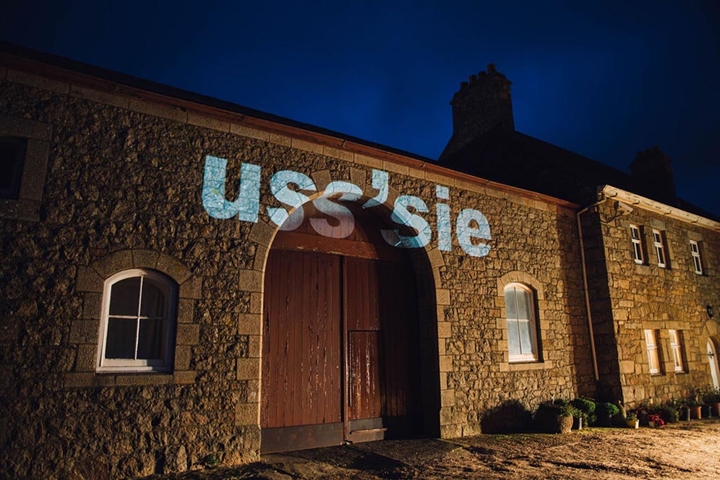








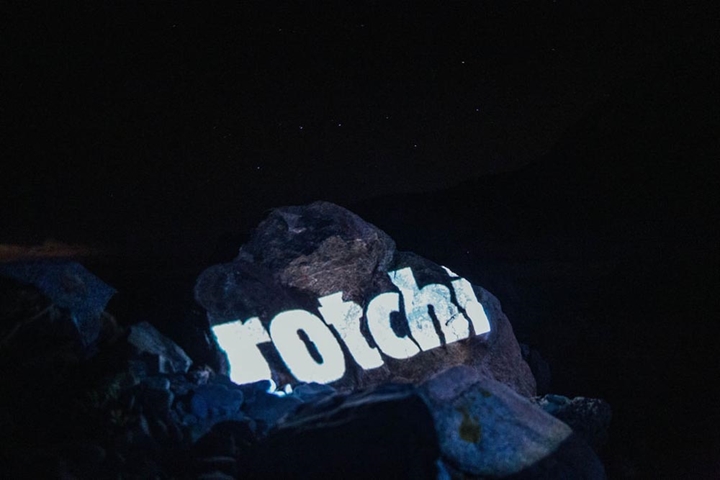
LES HUTHETS
Les Hurets is the often overlooked, rather bare headland on the north coast above Bouley Bay. This place’s name in Jèrriais, Les Huthets, translates to ‘high, rocky, stony and barren ground’…our ancestors certainly got that one right! ~ in life there are downs and ups ~ dans la vie y’a des flias et des huthes. ~
ÎLET
Where can you find this islet? Here is a clue…home to miner bees and at least two trees, this remarkable green-headed rock’s name in Jèrriais is îlet.
CAÛCHIE
Many bays around the Island feature a pier, or caûchie in Jèrriais. These extensions of the coast were mostly built in the 1800s to create protected pockets of water for seafarers. Today, our piers still prove popular for fishing, boating and more recently cold-water swimming. The caûchie at Grève de Lecq, pictured, was almost completely destroyed during storms in the 1890s.
ROTCHI
You can’t go far in the Island without seeing a large rock, or rotchi in Jèrriais. The correct word for rock in Jersey’s traditional language actually varies depending on which side of the Island you find yourself in! Can you guess if rotchi is for rocks in the east or west?
BOUAIS
Our language is deeply intertwined with nature. For example, tree is bouais in Jèrriais. In a small Island where timber is limited, the importance of trees to our ancestors can be seen every day in place names like Five Oaks or Les Ormes (or elms in Jèrriais). Today, trees remain just as vital as we realise their benefits to the planet and our wellbeing. The entire woodland ecosystem plays a huge role in locking up and storing carbon which is important in combating climate change. Research shows that within minutes of being surrounded by trees and green space, our blood pressure drops, heart rate slows and stress levels come down – spending time amongst trees is good for all of us.
FORT
As an Island, Jersey has always had to protect itself and the coastline hosts examples of fortifications from many different time periods. The importance of these defences can be seen in the similarities between language used then and now. For example Fort, is also Fort in Jèrriais. Fort Leicester, pictured, was built in 1836 to guard a certain bay in partnership with L’Étacquerel Fort to the east. The defensive position was named after the Earl of Leicester centuries before a fort was constructed. Today, both forts are available to enjoy as unique Heritage Lets.
BOUAÎS’SIE
In a small Island where timber is limited, the importance of trees to our ancestors can be seen every day in place names like Seven Oaks or La Rue de Sapins (sapin in Jèrriais means fir, spruce). Au temps pâssé (Jèrriais for in times past), wood from trees would have been used as fuel for fires to heat homes during the colder winter months. This practice continues today with more considerations and actions being made about replanting trees. These logs are from a wooded area, or in Jèrriais ~ bouaîs’sie.
USS’SIE
Features like an arch, or uss’sie in Jèrriais, can be seen around the Island in old buildings. This example is an arch at Manor Farm, La Route de Vinchelez in St Ouen – a farm which is still used today to grow delicious genuine Jersey produce.
GRANNIT
A building block of Island life – quite literally – types of granite, or grannit in Jèrriais, can be seen in almost every corner of Jersey. Formed hundreds of million years ago by molten rock cooling and solidifying between the Earth’s surface, this intrusive rock has stood the test of time. Jersey granites have been used as a building material for thousands of years. To build walls, slipways, places of worship, schools, houses and traditional farm buildings like the one pictured at Manor Farm, St Ouen. Look out for granite features when you are out and about.
GRAVYI
You can find gravel, gravyi in Jèrriais, in lots of places: gardens, driveways, indoor plant pots or stuck in your shoes! At sea, our ancestors even named the gravel banks, like ‘Les Graviers du Petit Port’.
BATÉ
As an Island surrounded by the sea, Jersey has a deep connection to maritime heritage. A boat, or baté in Jèrriais, was an essential possession for lots of our ancestors in order to make a living – catching fish to feed their families and navigating Jersey’s offshore reefs.
MONTÉE
This slipway, or montée in Jèrriais, at L’Étacq in the west of the Island was built in the 1860s. Most of the protective seawalls in Jersey were not built until the early 19th century – initially in St Ouen to prevent the ongoing loss of farmland. Slipways were constructed in each parish, designed mainly to allow access to the shore to gather vraic (seaweed) or to launch a small boat. The cobbles, or setts, used to build slipways were traditionally laid at a raked angle to prevent cartwheels and horses hooves from slipping. Today, the Island’s slipways give Jersey’s seaside a unique character and offer the perfect platform for a quick dip.
CORPS DÉ GARDE
As an Island, Jersey has a complex military history. Guardhouses, or corps dé garde in Jèrriais, were used by the local militia to keep a watchful eye over Jersey’s coastal waters and look out for smugglers, pirates or possible invaders. Defence posts like the corps dé garde located above Bouley Bay were built during the 18th century and can be found all over the Island.
L’ÊTACQ’SÉ
Head to the northern end of St Ouen’s Bay and you’ll find the Island’s oldest bedrock beneath your feet at L’Étacq, or L’Êtacq’sé in Jèrriais. This place name, like others in Jersey, is Old Norse for stack or large rock. It’s likely that Viking raiders did what we all tend to do – chose a fitting name for a new place according to a distinctive feature. For L’Étacq this is the stack which also has it’s own name Le Grand Étacquerel.
As an Island shaped by time and tide, Jersey has a unique playlist. The music playing here is made up of sounds recorded around the Island. Listen. Êcoutez. What can you hear? Can you pick out all the different sounds?
Soundscape by Sam Hills.
Sea waves and weather ambience from multiple locations, including: Green Island, Bouley Bay and Anne Port.
Harbour ambience from Gorey Harbour
Cave ambience from La Corbière
Farm ambience from Oakwood Farm (St Mary) and Les Cotiles Farm (Trinity)*
Farm animal noises from Oakwood Farm (St Mary) and Les Cotiles Farm (Trinity)*
Chruch bells from St Nicholas Chruch (St Clement)
Birds at Val de la Mare Reservoir
Molluscs at Green Island at low-tide
Seagulls at Green Island
Waterfall from Bouley Bay and Plemont
Fishing boat noises in St Helier Marina **
Jèrriais pâle entouor la fèrméthie en Jèrri – talks in Jèrriais about farming in Jersey ***
Sweeping at Les Cotils Farm (Trinty)****
Waxing a surfboard in St Clement
Fire crackling in St Clement
Clock chiming in St Clement
Footsteps in St Clement
Traffic in St Clement
* Sound by Time Le Gresley and Mick Binet
** Sound by Josh Dearing The Jersey Catch
** Sound by Winston Le Brun
**** Sound by Mick Bine
Many Islanders have seen dolphins or seals around Jersey but what else lives beneath the surface? In Jersey, our seascape has lots of different types of seaweed that provide homes for some amazing creatures. The seagrass, kelp forests and maerl beds around the Island also all absorb blue carbon which help mitigate global climate change. Check out what happened when a few of these creatures got captured on camera by Samantha Blampied using some tasty bait just above the seabed. Watch Èrgardez this fantastic footage of cuttlefish, catsharks, stingrays and tope.
The Blue Marine Foundation (BLUE) is working to learn more about the Island’s seascape. Learn more about their Jersey project and other work on their website.
Watch this video to see how people explored our Island in the past and how you can explore Jersey today. The video runs for 6 minutes 25 seconds. Film by Submarine Creative.
There are lots of ways you can explore the Aspiring Jersey Island Geopark, here are just some ideas to get you out and about.
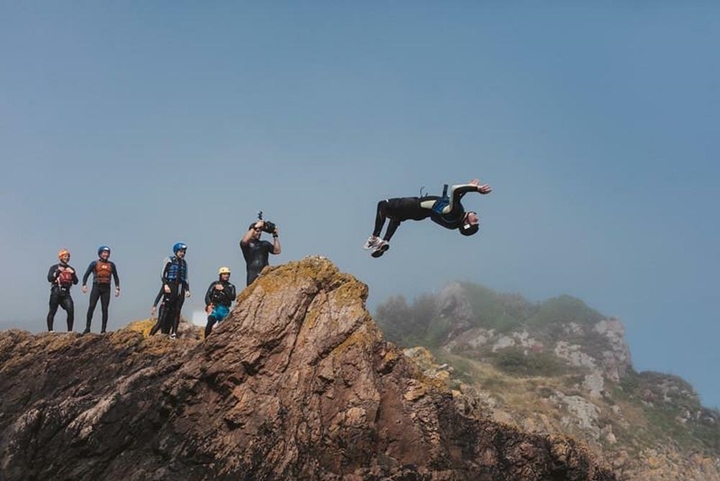








You will find an extensive network of footpaths as well as winding country lanes, breathtaking cliff paths and beautiful beaches to explore and all within easy reach.
Walks can vary in length from short leisurely strolls to more challenging hikes along the cliff paths. Follow the links below to find a walk best suited to your level of ability. Some paths may be suitable for wheelchair users.
Walking is a great way to explore the outdoors allowing us to wander through Jersey’s spectacular landscapes, enjoying this Aspiring Geopark’s natural and built heritage. More information on walking in the Aspiring Geopark can be found by clicking on the links below:
Jersey Walk Adventures – Discover Jersey’s very own wilderness on foot with expert local guides who have explored this wonderful coast for many years. Revel in the stillness and expanse of an area that is covered twice a day by some of the highest tides in the world. Here marine life must survive the extremes of being submerged under water or marooned high and dry.
Jersey’s Countryside Map – From Jersey’s footpaths to individual ecological and geological sites of special interest (SSI) to our network of green lanes, Jersey’s countryside map invites you to discover the Island’s diverse natural landscapes.
Move More Health Walks – Enjoy short, easy and free walks run by Move More Jersey designed to improve mental and physical wellbeing and provide the opportunity for support and encouragement to walk. This is especially useful for those with lower physical ability or long-term health conditions.
Jersey Heritage – Explore the Island’s history and stories with a range of self-guided walking routes and audio tours.
National Trust for Jersey – The Trust maintain many local footpaths through a variety of the Island’s natural habitats such as coastline, valleys, woodland and heathland for the public to enjoy. Try one of their self-guided walks.
See the Aspiring Geopark on two wheels. Cover more miles by exploring the Island via Jersey’s cycle routes and green lanes. Enjoy taking in the sites from the slow lane or challenge yourself with an uphill climb, there are routes for all abilities.
For information and ideas on cycling in the Aspiring Geopark visit the following websites:
– EVie bikes – Sustainable transport, put some power behind your pedalling and hire an electric bike to cover more kilometres.
– Visit Jersey – Be inspired by Visit Jersey’s cycle routes and top tips for cycling around the Island.
Find your flow in nature and return to your breath. Let your troubles float away as you reconnect with your body through gentle movement and perhaps testing your balance. More information on opportunities to stretch in the Aspiring Geopark can be found by visiting the link below:
Bunker Yoga – Celebrate the natural world and all of its cycles of life. Delia at Bunker Yoga aims to reemphasise the importance of this to others through the practice of yoga at locations that bridge the gap between indoor and out.
Jersey Heritage – Join a Wellness Wednesday yoga session.
Explore the parts of the Aspiring Geopark that lie offshore. You could take in the scenery at your own pace on a guided kayak, test your balance on a paddle board or visit a deserted sandbank by getting a lift to the furthest corners of the Aspiring Geopark. Learn about how to explore the Island’s seascapes safely by looking at these activity providers:
Escape to another word and experience what Island life is like underwater. Dive into exploring Jersey’s surrounding waters by visiting:
Bouley Bay Dive Centre – Situated in Bouley Bay is Jersey’s longest established dive centre offering a full range of dive courses, equipment sales, rentals and servicing.
Head over to the west coast of the Aspiring Jersey Island Geopark to watch the waves at St Ouen’s Bay. Well known across the Island as a surfer’s paradise take in this idyllic Bay from the sea waiting to catch your next wave. More information about surfing in the Aspiring Geopark can be found by clicking on the links below:
Jersey Surf School – Jersey’s longest running surf school.
The Surfyard– Surf school and shop located right in the middle of one of the finest bays in Northern Europe, and at the heart of Jersey’s surf culture.
Take yourself to new heights and challenge yourself. With one of the largest tidal ranges in the world, Jersey offers the perfect natural playground to practice climbing and coasteering. Discover a whole new landscape uncovered as the tide rises and falls every 12 hours. More information on climbing and coasteering opportunities can be found at:
Jersey Adventures – provider of outdoor and adventurous activities.
I cut multiple window mounts and mounted a mixture of A4 portraits and A5 which gives a good contrast between the images.
I mounted this A3 image by itself against a black window mount to give extra contrast to the light image. I made the window smaller to get rid of the white border o that the image directly juxtaposed the black card.
This is a A3 portrait image that I mounted this image and left the white border because I like the buffer between the dark image and the dark card.

Task: Re-cap on camera handling through a series of photo-games around ACTION, PLAY & CHANCE in preparation for school trip to St Ouen next week exploring geological sites of special interest (SSI).
Metacognition: Consider how to acquire knowledge with a focus on ‘learning by doing’, encouraging a sense of experimentation without fear of failure.
Theory: Watch video on John Baldessari and consider his practice as a conceptual artist using photography to explore Action, Play and Chance.
Here is a link to a blog post with more about Baldessari amd other photogames:
Homework: Using camera settings from the Photodice game produce a shoot where you make 100 images based around the themes of ACTION, PLAY or CHANCE.
Blog: Produce a blog post with your best 6 images and evaluate your responses in context of John Baldessari and Conceptual Art.
See Blog post here (upload on Blog 20.06.22)
Extension: Devise your own photographic game. See blogpost here for inspirations and helpful guide: https://hautlieucreative.co.uk/photo21al/2021/03/10/photo-games/
PHOTOSHOOT #1
My first photoshoot is from Harve de pas and the industrial estate which is on the coast near the beach.
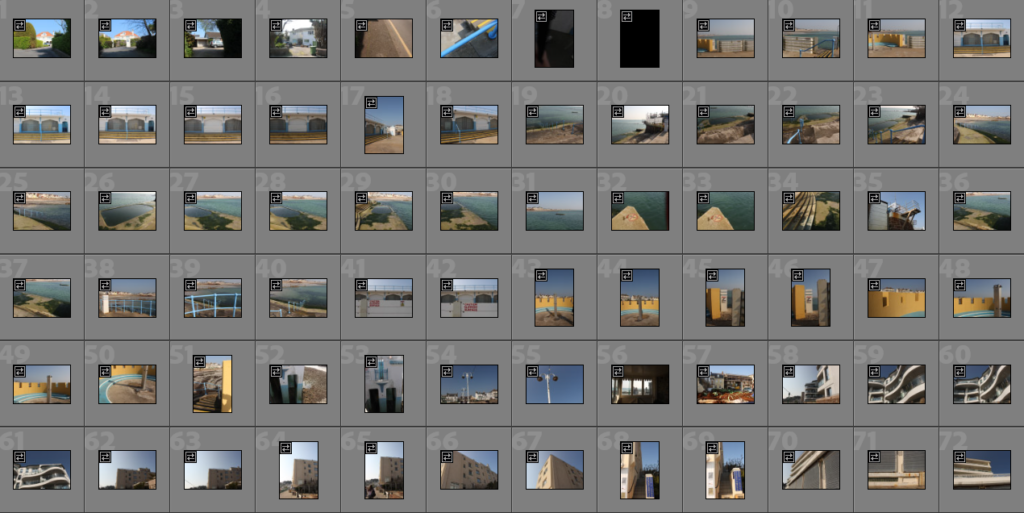
I started going through my photoshoots and creating a selection of images by colour coding images red which I believe may have potential for editing.

Overall, I was not massively interested in photographing Harve De Pas, I have some images which I am happy with but not a large amount, I am hoping my images from other parts of the island will be more fitting for my New Topographics project. The colours of Harve De Pas were interesting to photograph- which links to William Eggleston’s colour photography. Below are some of my favorite images from this shoot.
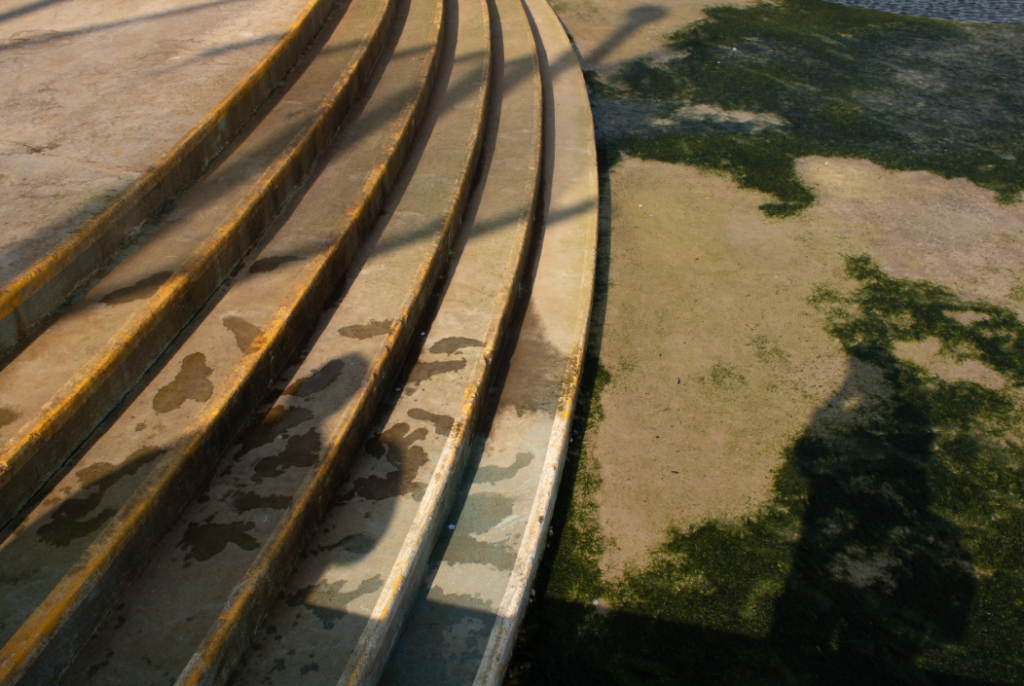
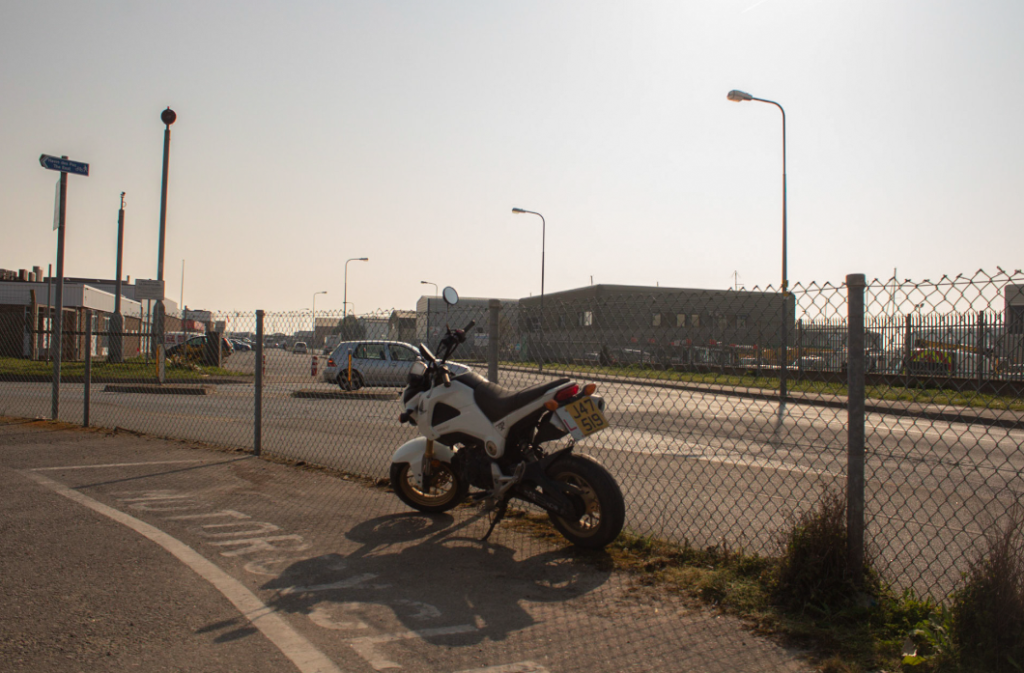
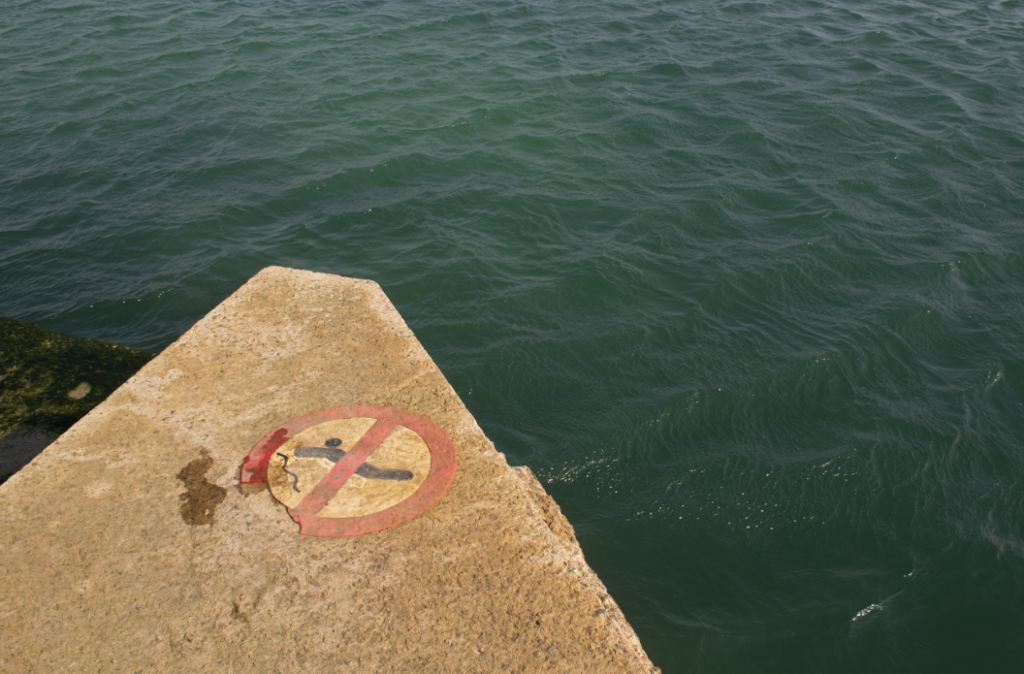
PHOTOSHOOT #2
In my second photoshoot I walked through town and let chance of seeing something that reminded me of my photographers take place. I explored different vantage points by taking images from the street and from rooftops- creating some interesting images.
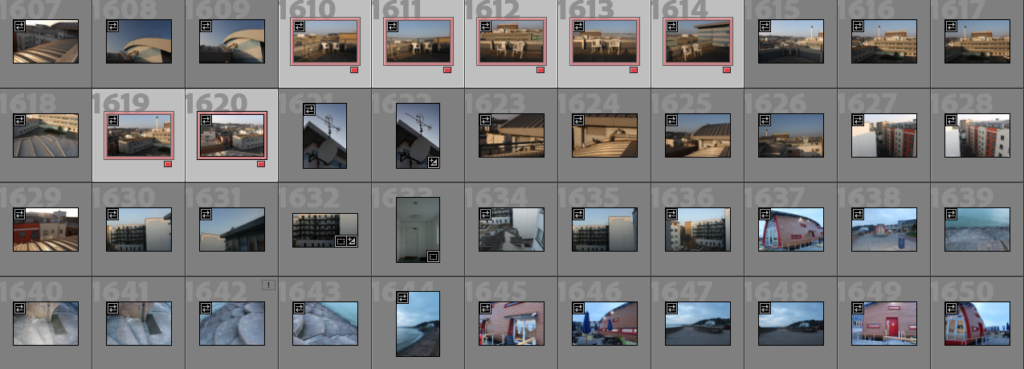
For my sub-selection I followed a similar pattern from my first photoshoot and colour-coded the images I liked the most. Below are my favourite images from this shoot.
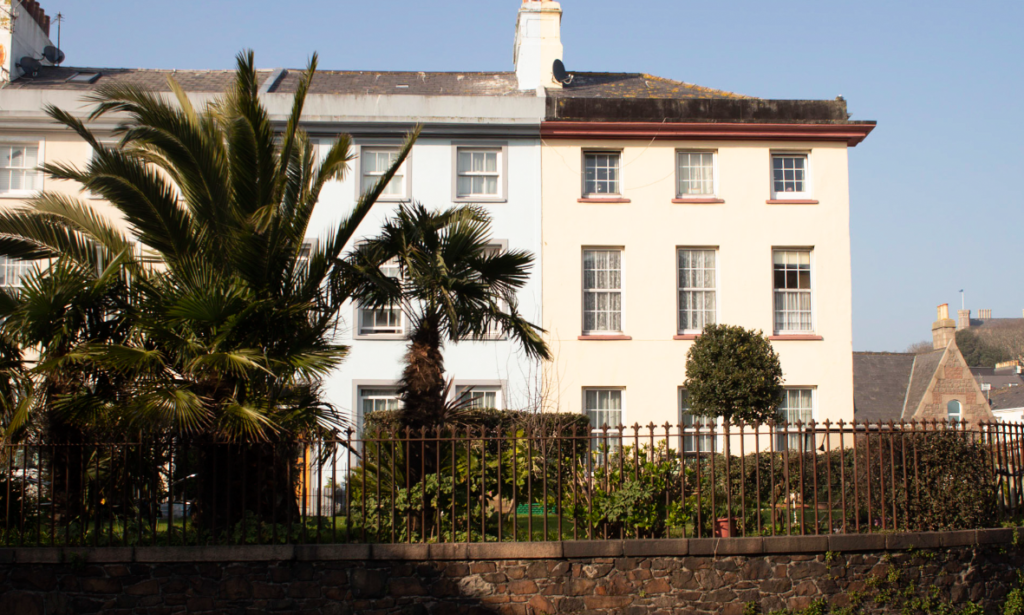

PHOTOSHOOT #3
This photoshoot was by far my biggest as I explored numerous parishes while taking pictures meaning I gained a wider variety of images than just concentrating on specific locations.

I then created a sub-selection and colour coded the images red that I am planning to edit.

I ended up with 61 images I had to pick between while editing- I am going to edit these then make another selection of images which will be in my next blog post: Editing- New Topographics
virtual gallery
To present my work I used Art steps a Virtual art gallery to display my photographs



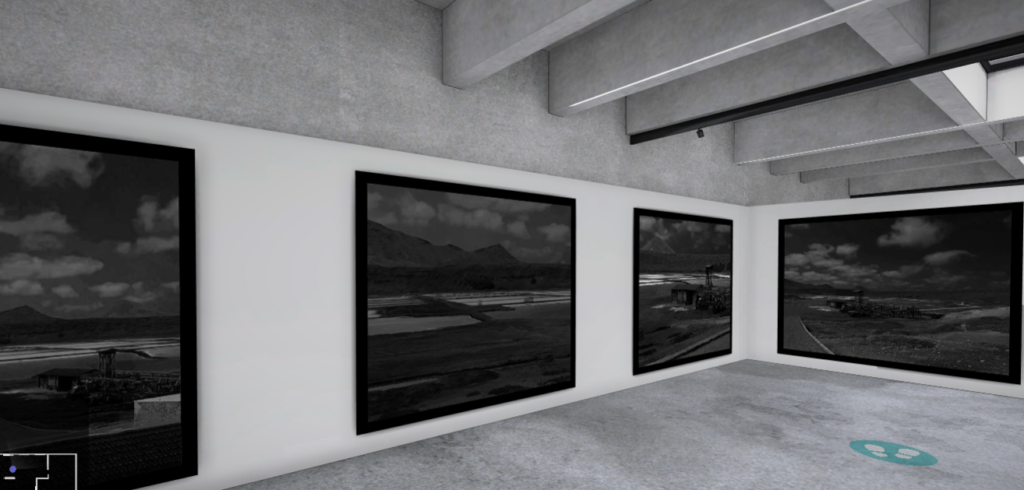
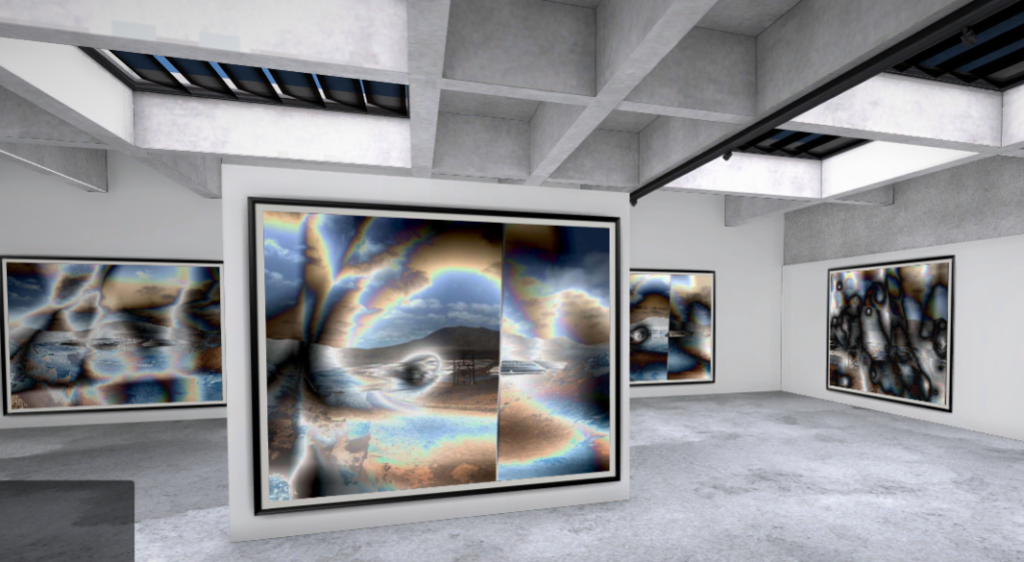
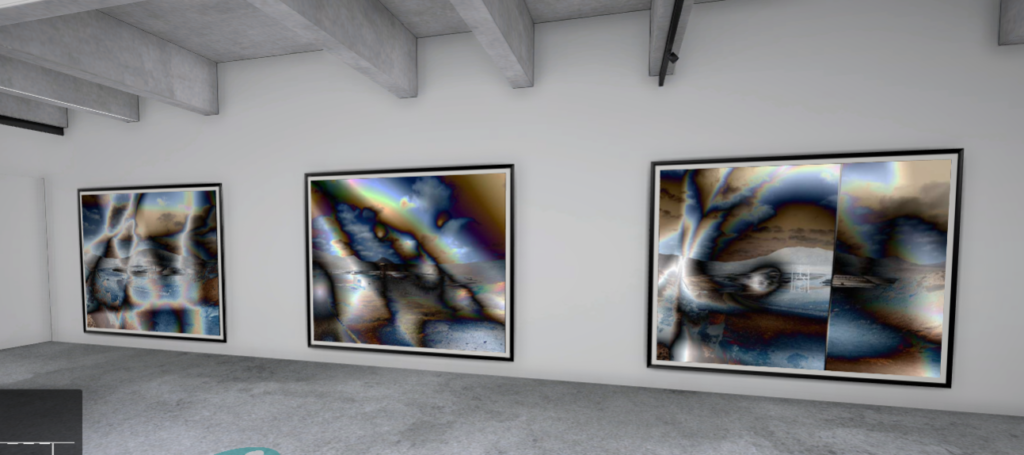
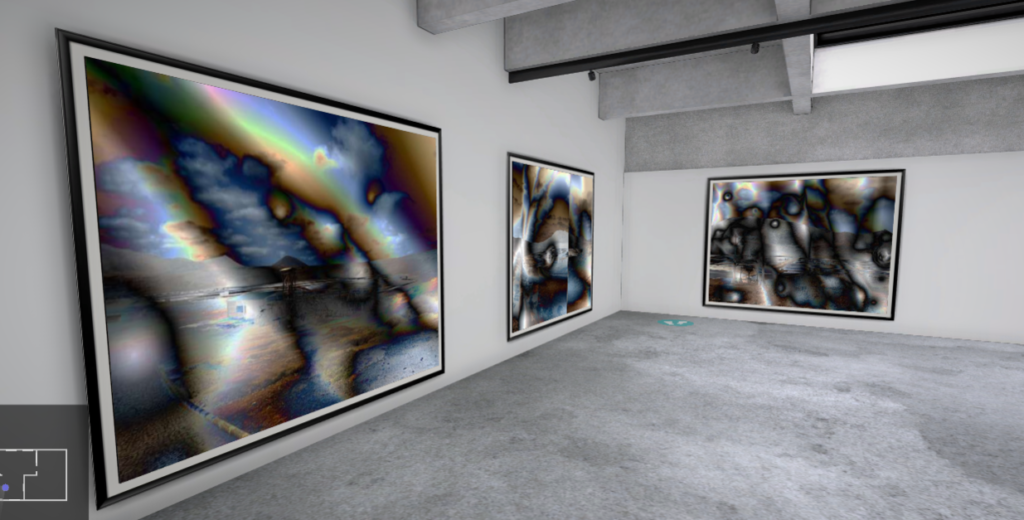
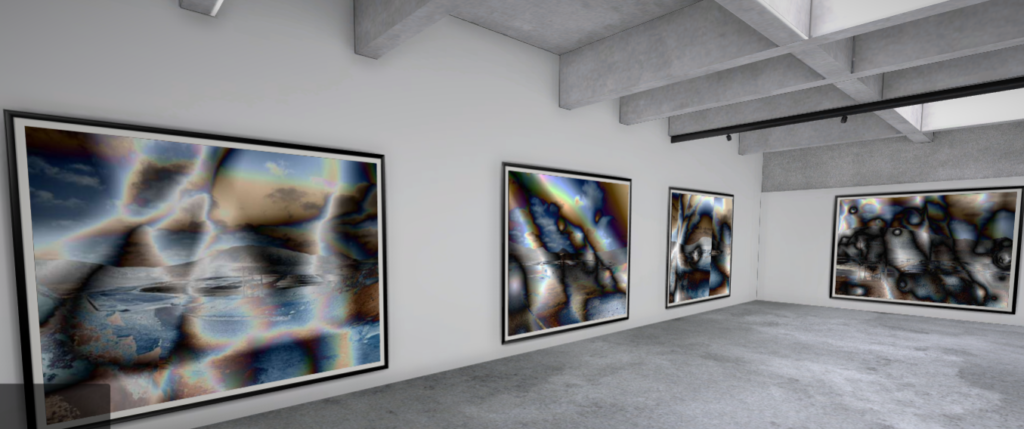
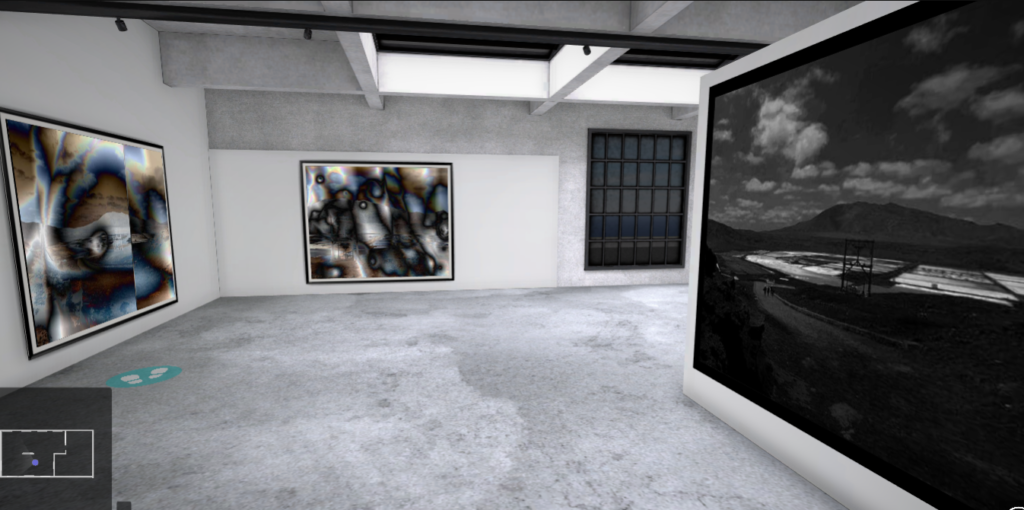
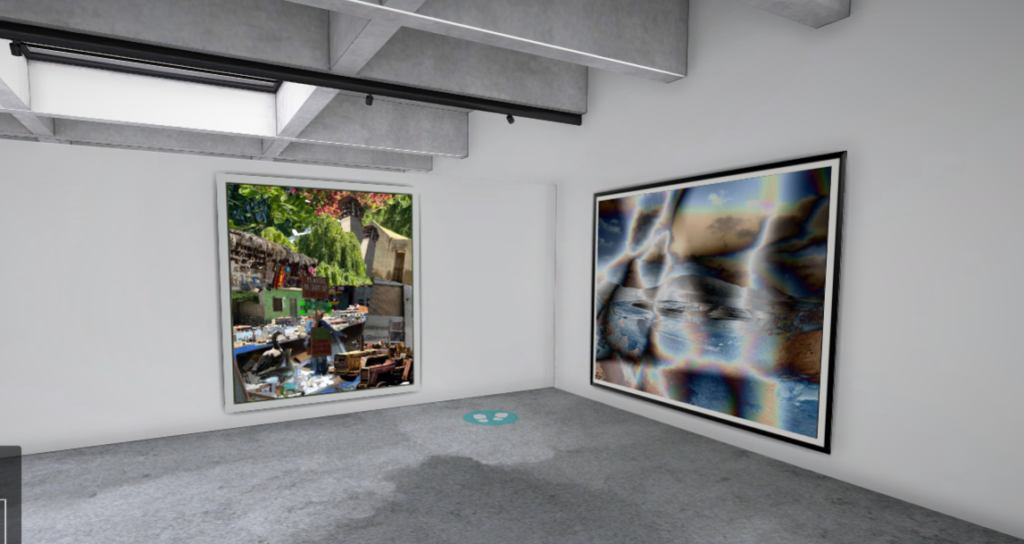

SALTMINES 1
For my First photoshoot I have selected the salt mines in Black and white because I like the dark tones of the photos. I have decided to present them on a white background because the colours stand out a lot better than using a black background.
Here are some examples:


EXPERIMENTS